|
The Western Railway Museum is selling BART Legacy Fleet Train Operator Consoles sourced from retired cars. For $1000 each, you can own a core piece of BART history and support the preservation of three complete legacy cars at the Museum.
This video presents a history of the different train operator consoles of the Legacy Fleet, the functions of the console, and how to purchase one from the Museum if so inclined.
0 Comments
The final BART legacy cars to reach end-of-life decommissioning were a group of 5 cars on the week of May 20, 2024 – one month after the final run. The last car to be decommissioned was #1235. The remaining cars of the legacy fleet (10) have found new uses including preservation. BART stopped decommissioning cars and held onto a small fleet of 13 A cars and 22 B cars starting in early 2024 to retain enough cars for the final ceremonial run on April 20th. An additional C1 car (#329) was still in the fleet, awaiting its final trip to the Western Railway Museum for preservation. Of these, 6 of the A cars and 19 of the B cars ran on said date. After the final run, the wheels once again started rolling to decommission the cars – a total of 7 A cars and 20 B cars – that did not find a new life. The remaining 6 A cars and 2 B cars have found new purposes which will be shared in due course. These 27 cars were steadily decommissioned and scrapped from late April 2024 through yesterday, May 21, 2024. Shops removed hazmat materials and the cars were on their way to the scrapyard. Since the Legacy Fleet was no longer in service, there was no major need to pull parts from them to maintain other cars (a process called cannibalization), but there was a need for recipients getting BART cars after their retirement. I was invited to help out Sierra Train House folks pull parts from the cars, which will be used as spare parts on their rental home project. This time though, was to capture the final decommissioned car for preservation. B2 car 1587 was the send to last B car sent to the scrapyard, and A2 car 1235 was the last legacy car to be sent to the scrapyard – the 659th car. Here is the 1235, after 6 million miles and 50 years of service, enjoying its last rays of sun. The car will be chopped up, and shredded into little pieces. The metals will be sent overseas and find a variety of uses through recycling. One day you may once again see 1235, but perhaps in a medical instrument in a hospital, in a new automobile imported from South Korea, or in new copper wires in a computer. And some parts of the 1235 will on, preserved at the only museum preserving BART cars. One day later this year, you will be able to see 1235 and bits of many more cars that were decommissioned, alongside 3 complete cars, at the Western Railway Museum. So long and farewell #1235 and the 658 other legacy cars that rolled their last.
1260 and 1212, alongside a few more dozen legacy cars resting at Hayward Yard after 52 years of revenue service. Taken 4/25/24
A2 car scrappings resumed this month (October), with 4 such examples thus far: 1218, 1233, 1258, 1270. With some scrapping earlier this year and last year due to crashes, alongside the 1208 of 2020, this leaves 51 A2 cars left (total count was 59 A2 cars). 1218 Built 1973 as A car 218. Rebuilt in 2000 as A2 car 1218. Only A car with single seats. 1233 Built 1973 as A car 233. Rebuilt in 2002 as A2 car 1233. 1258 Built 1975 as A car 258. Final acceptance on 9/11/1975 (Day 1 + 3 years). Rebuilt in 2002. Patch below left cab side window. 1270 Built 1975 as A car 270. Rebuilt in May 2001.
The most recent addition to my number plate collection is a Y end number plate from B2 car 1809. This is the story of the car. Like all other B2 cars numbered 1801-1913, the 1809 was originally built as an A car. In the 1809's case, it was built as A car 237, with a final inspection date of 3/7/1973 and receipt of delivery on 6/26/1973. Roughly speaking it was about the 214th car delivered, of a series of orders totaling 450 revenue cars. Kenneth Clyde Jenkins captured the 237 at Daly City a few times in the mid 1970s. Here are some of his pictures, now in my collection. In the late 1970s to early 1980s, BART Hayward Shop converted 35 A cars to B cars, allowing for longer weekday trains and enough cars for weekend operation. Many of these cars were previously damaged in accidents, fires, or other incidents. It's hard to say at the moment what was the exact reason behind the conversion, but A car 237 was involved in an ATC-related incident at Richmond station on September 30, 1975. The A to B car conversion was underway by 1980 and A car 237 was converted into B car 809 (9th conversion) during this time. From the 1980s to late 1990s, it rolled as B car 809. In total, it rolled about 4 million miles as A car 237/B car 809. The entire remaining A and B car fleet was rebuilt during the turn of the century to allow for another couple decades of service. All B cars were rebuilt into B2 cars, including car 809, which became B2 car 1809 in 2000. The 1809 rolled throughout the system, and in its final years was assigned to Concord and later Richmond yard. I last saw the 1809 at Hayward yard, stored awaiting decommissioning on June 16, 2023. It was decommissioned just a few weeks later, on June 30, 2023 - a few days after reaching 50 years on the property (where it began, and ended at Hayward Yard). A Y-end (once the cab end, when it was an A car) number plate from the 1809 resides in my collection, where it remains as a reminder of a well-traveled, and well-storied BART car.
Let's take a look at another random A2 car - this time, the old 1258.
Originally built as A car 258 in 1975, by Rohr, and delivered to BART on June 18, 1975. Things were so bad back then that the final A cars, including 258, were delivered without carborne ATC equipment - they were essentially mothballed right out of the factory. Like many other late A cars, the 258 lost her motors and didn't enter service till the late 1970s. She was rebuily into A2 car 1258 in 2002 by Bombardier, and 21 years later is still rolling around the system on Orange and Red line trains. She has a little patch below the left cab window. This year, the oldest A (technically, A2) cars reach the 50-year mark - a half century since their original construction. One such example is A2 car 1203, originally built by Rohr as A car 203. To note, A2 cars 1164-1250 were built in 1973 and 1251-1276 were built in 1975.
The first order for BART revenue vehicles consisted of 250 cars - 150 A cars and 100 B cars. The 203 was built within this order, and about the 156th car off the assembly line. It was delivered to BART in March 1973 and entered service within the year. Further orders for cars resulted in a fleet sized to be 176 A cars and 274 B cars (but never totally achieved). By the 1990s, the A/B cars were a bit long in the tooth and in need of a rebuilding. The midlife refurbishment program included the rebuilding of A car 203 into A2 car 1203 in 2001. Now, about 22 years and 2.2 million miles later, the legacy fleet is steadily being replaced by the Fleet of the Future. The 1203 will probably meet its end thorough scrapping, or it may be among the chosen few BART cars to find a second (or perhaps third) life in an alternative use. Whatever the case, here are a couple pics of a “young” 203 in the 1970s and an “old” 1203 in 2023 – the former from my collection and the latter taken this month (with a dead headlight nonetheless). (To note, A cars in service in 1972 are all now B2 cars numbered in the 1800s-1900s, leaving the oldest A2 car as the 1164, delivered in January 1973). Side note: The story of the BART legacy cars is not one which can be shortened to a series of posts here and crossposted in other places. I am working on a book covering the history of the BART fleet, from design to retirement, and it is fast approaching 400 pages chocked full of detail and pictures. What would you like to see in such a book and how would you gauge interest in such a subject? Please feel free to contact me on the "about" page of the website. Thanks! B2 Car 1806 is, on first look, just any old B car. It runs in the middle of trains, and seats 53 people. It has a few smells and a few bulbs are out. Underneath all that, B2 car 1806 is one of many historic BART cars. The 1806 was originally built by Rohr as A car 117. It was among the first two dozen BART legacy cars built. It was built in Chula Vista, CA, and delivered to BART's Hayward Yard on 5/16/1972. It was used for pre-revenue testing of the BART system, and entered service on BART's opening day, Septmeber 11, 1972. By the 1980s, many A cars were worn out and/or damaged. BART was a new railroad and in some ways, still learning the ropes - there are accounts of runaway cars, collisions, and fire damage during these early days. Car 117, alongside 34 other A cars, were destined to become B cars. The unique design of the A cars facilitated such conversion (which was miles cheaper and faster than building new B cars). A car 117 became B car 806 in about late 1980. The "new" 806 rolled in service until its midlife refurbishment in 2001. As a product of the refurbishment, B car 806 became B2 car 1806. The 1806 is still in service, far beyond the original intention of its designers. This old car will probably be scrapped this year or next year, but if anything, it has carried the millions through thick and thin for over 50 years.
BART was not one to miss the bicentennial celebration; they replaced the front logo of about a dozen A cars with the official Bicentennial Logo, along with smaller versions of the same logo on the sides below the Y end car number. It wasn’t to the extravagance of many conventional railroads with their specially painted units, but it was still a nod to the 200th Anniversary of the founding of this country. Picture from Pacific News, July 1976 issue
Today marks the final chapter of one of BART’s most historic Legacy Cars: the Fremont Flyer. The Fremont Flyer was originally known as A car 143, the 48th car off of the Rohr assembly line in Chula Vista, CA. The car was delivered to Hayward Yard on August 31, 1972, less than two weeks ahead of BART’s opening day, and underwent testing to ensure the car was ready for revenue service – or so it was thought. The shiny new 143 entered revenue service on October 2, 1972, filling in for two broken down trains. Dispatched as Train 307, a short two car train with A cars 143 and A car 118 – the latter was a “Day One veteran” – headed south from Hayward Yard to Fremont station (143 leading), thence to MacArthur (118 leading), the northern terminus at the time. Train 307 then headed south to Fremont. While approaching the A85 interlocking just north of Fremont station, the train received a 27-mph speed code – one of eight discreet speed codes on the BART ATC system – to ensure the train would safely cross over from track 1 to track 2 and stop within the platform. Unbeknownst to anyone on the train, a tiny yet faulty crystal, controlling an oscillator on a printed circuit board, incorrectly decoded the speed code to mean the train should speed up to almost 70 mph – which it achieved. Crossing over the A85 interlocking at 66 mph, the train attendant recognized something was amiss and did all that was possible to stop the train (including pressing the stop button so hard he broke the mounting and pushed it through the console). Even then, the braking was inadequate; the train sped through the center of platform 2 at 42-50 mph and impacted the sandpile at about 26-33 mph (sources debate speeds), continued and landed in the parking lot – short of a stop sign. Injured riders and the train attendant were rushed to the nearby Washington Hospital. The accident brought national attention to the safety of BART, alongside significant changes to carborne ATC equipment and changes across the system. Such changes included, but were not limited to, additional circuitry to ensure the decoding of the correct speed code, alongside the addition of wayside markers showing where a train should start braking and the maximum speed. Years of revisions and refinement to the ATC system following the Fremont Flyer incident has made BART a safer system for all who ride it. A car 143 never carried another paying rider but it found a new life as a B car. In fact, the damage was severe enough for the BART forces to recommend salvaging parts and scrapping the car. Fortunately, BART engineering know-how was on its side and the 143 was repairs and converted into B car 826 by Hayward Shop forces by the end of 1981. It then rolled again, this time as a standard B car for about 20 years. As part of the A and B car refurbishment of the A and B cars during the turn of the century, B car 826 was rebuilt and renumbered into B2 car 1826. In its final years, it was assigned to Concord yard and seen in the middle of long Yellow line trains. After this major incident, but then a successful repair and conversion, old 143 carried thousands of passengers millions of miles. BART is currently replacing their Legacy Cars with the Fleet of the Future cars. The Fremont Flyer was no exception to this, and after 50 years since it first entered revenue service, this car was decommissioned. BART forces also recognized the historical importance of this car, and invited Western Railway Museum volunteers to preserve artifacts from this car for posterity and for use in the future Rapid Transit History Center. WRM volunteers were able to identify the Y end (once cab end) exterior and interior number plates, the ADtranz rebuilding plate (c. 2001), and a seat. These artifacts will help tell us tell the story of one of the most historic transit vehicles of the BART legacy fleet. This article was written by ATP Transit for the Western Railway Museum.
|
About
"The Two Bagger" is meant to be a place to store more "blog" style posts on various cars, pictures, and random tidbits/trivia. At BART, a "two bagger" is a rather informal name for a two car train. Two car trains rolled in revenue service back in 1972. Archives
July 2024
Categories
All
|

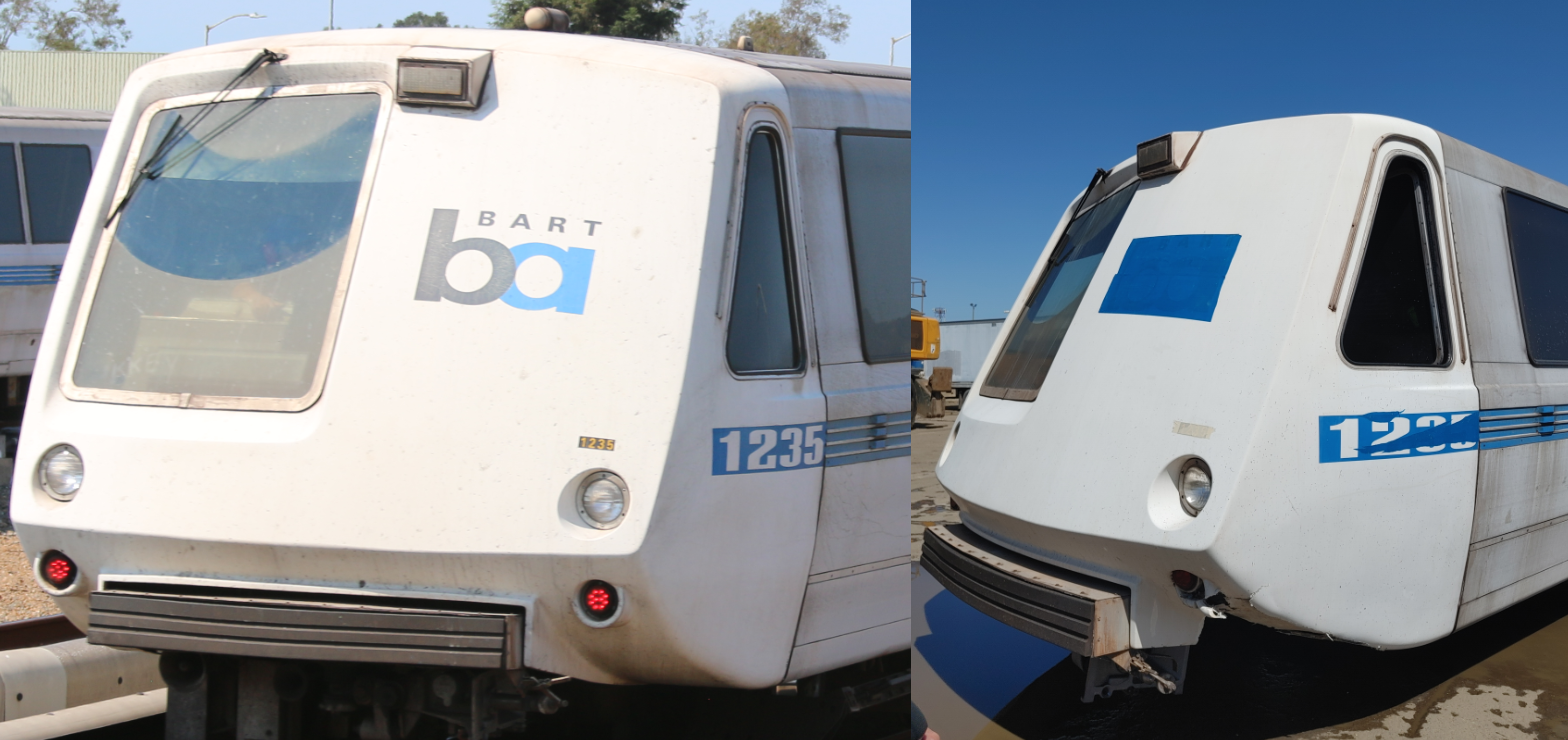
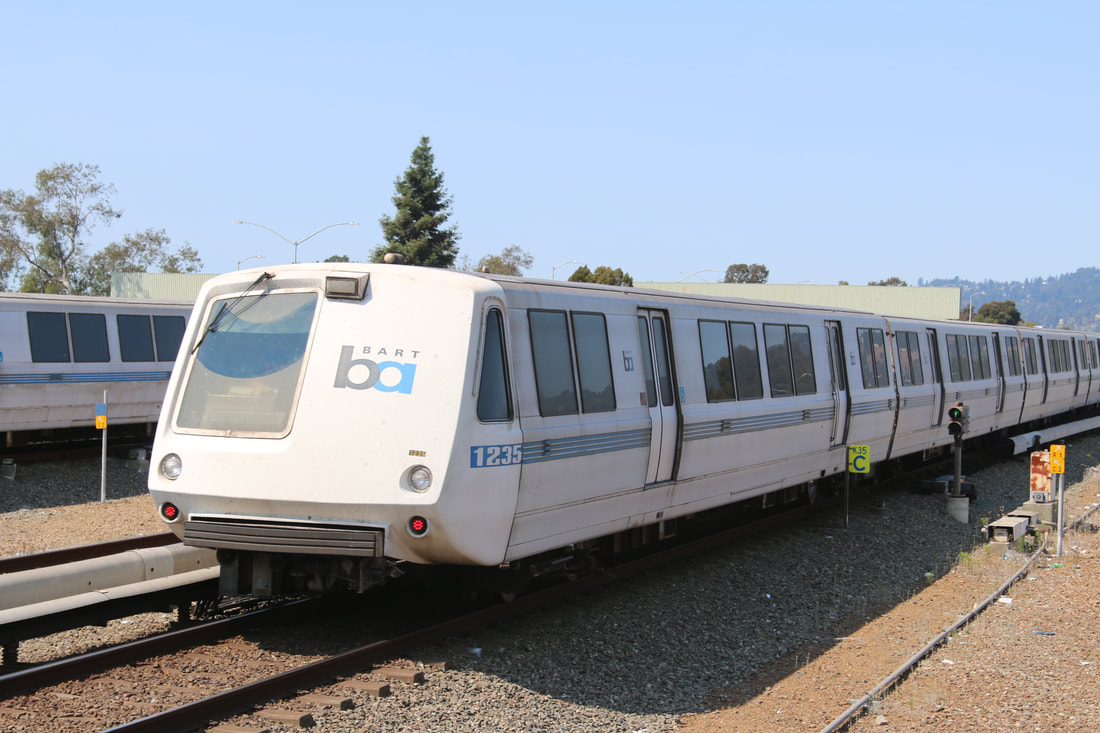
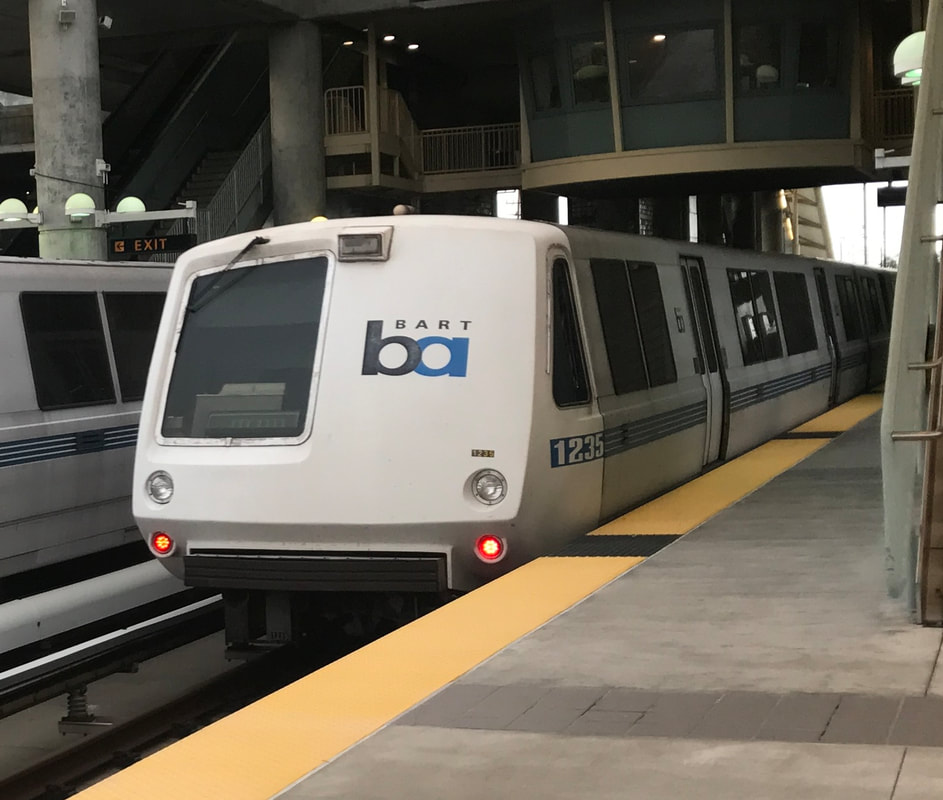
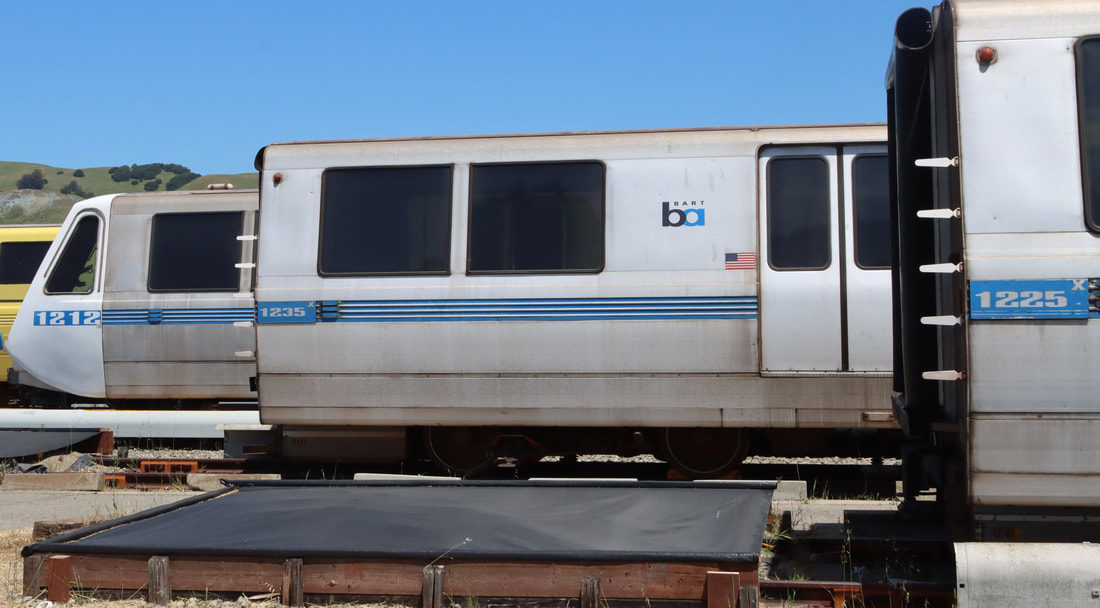
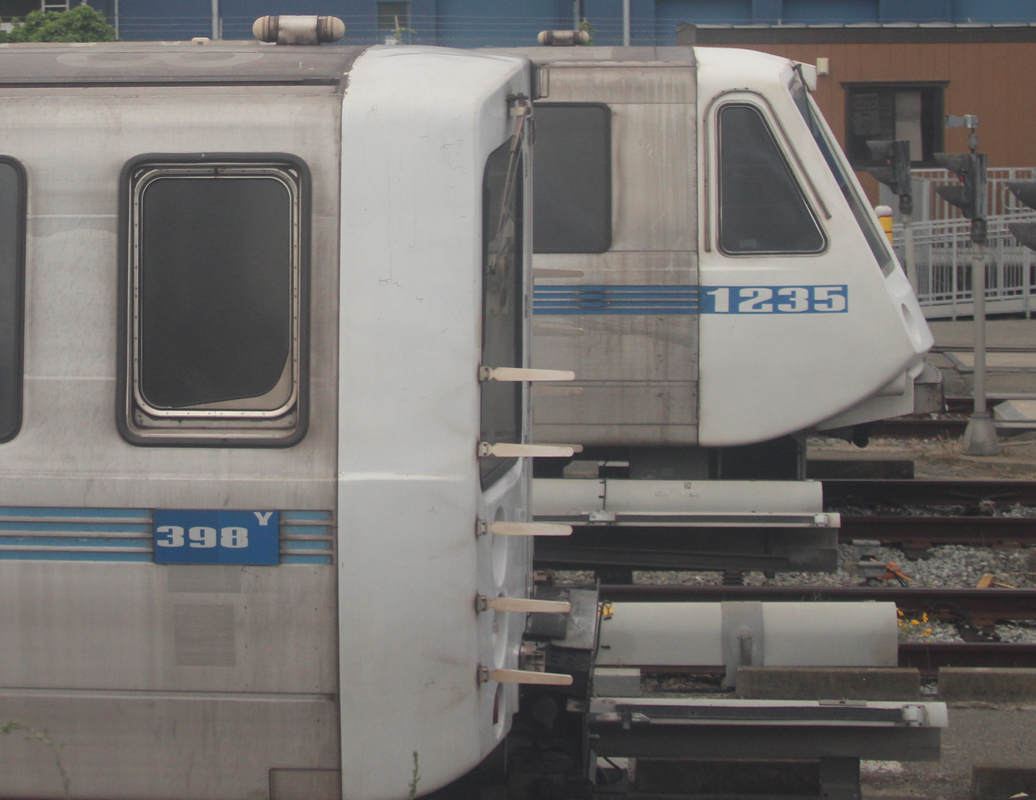
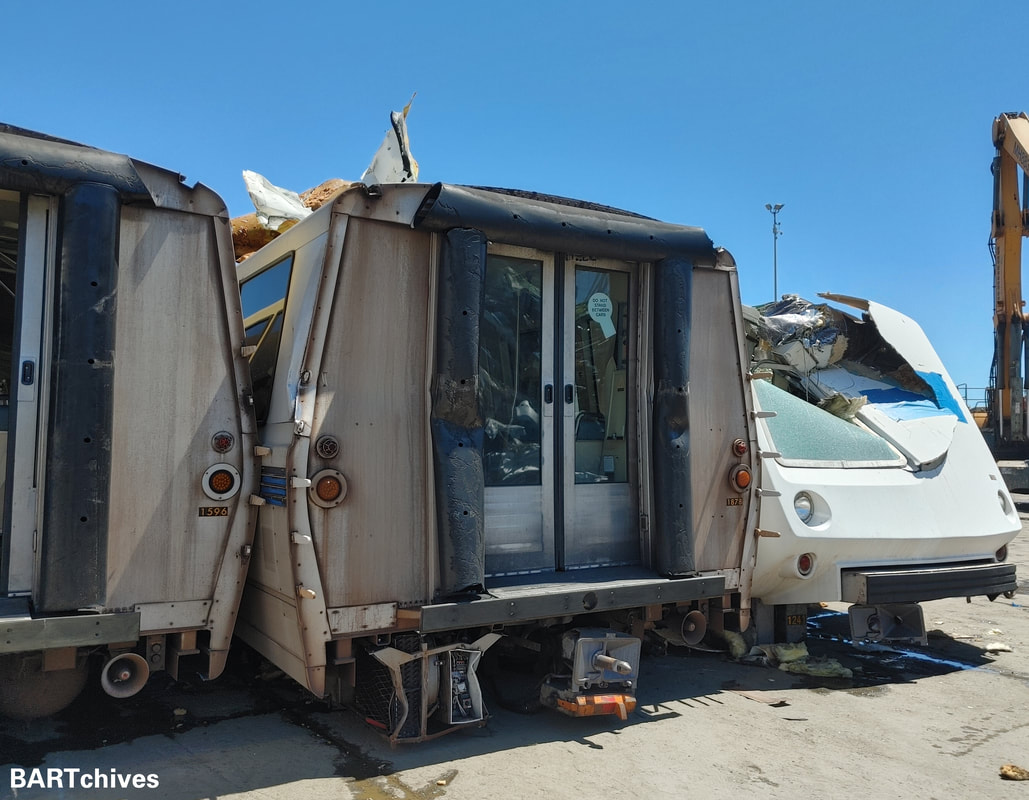
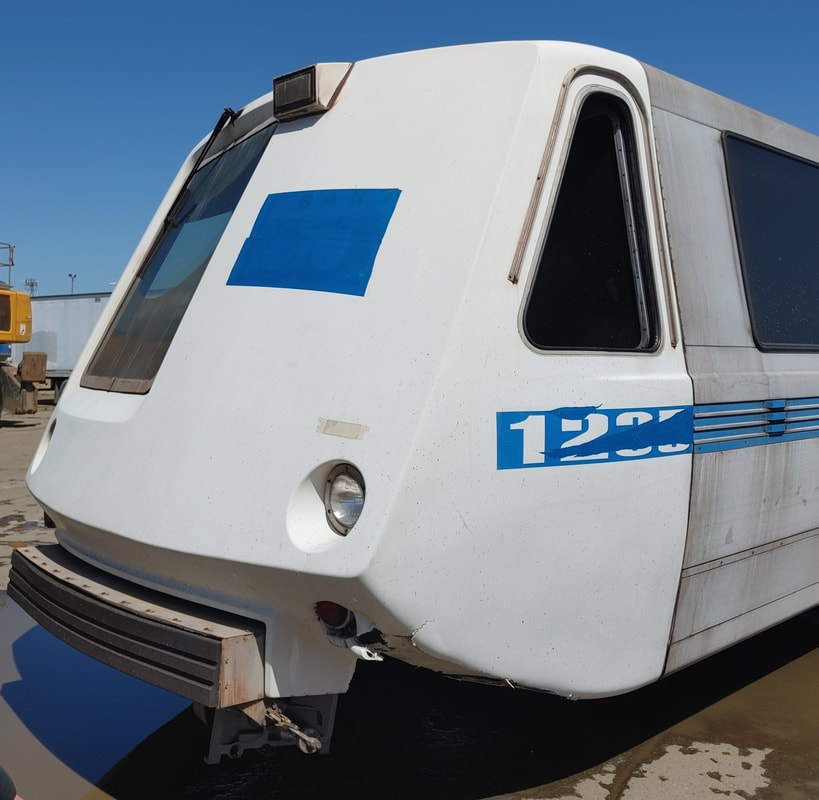
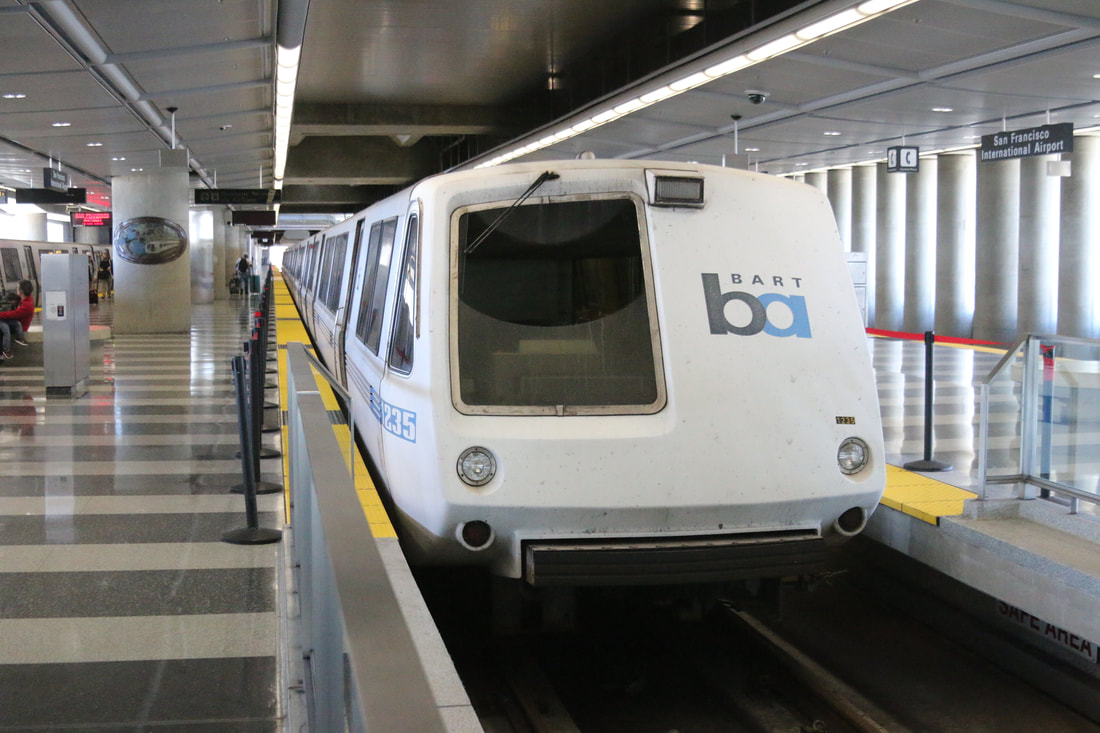
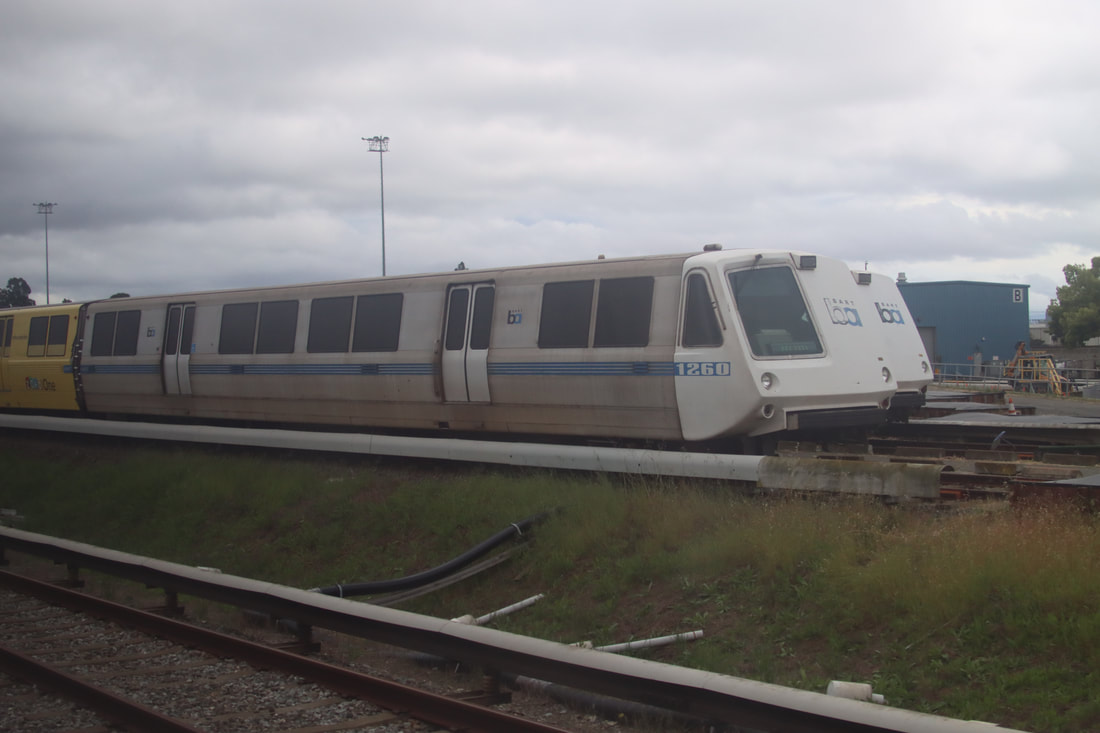
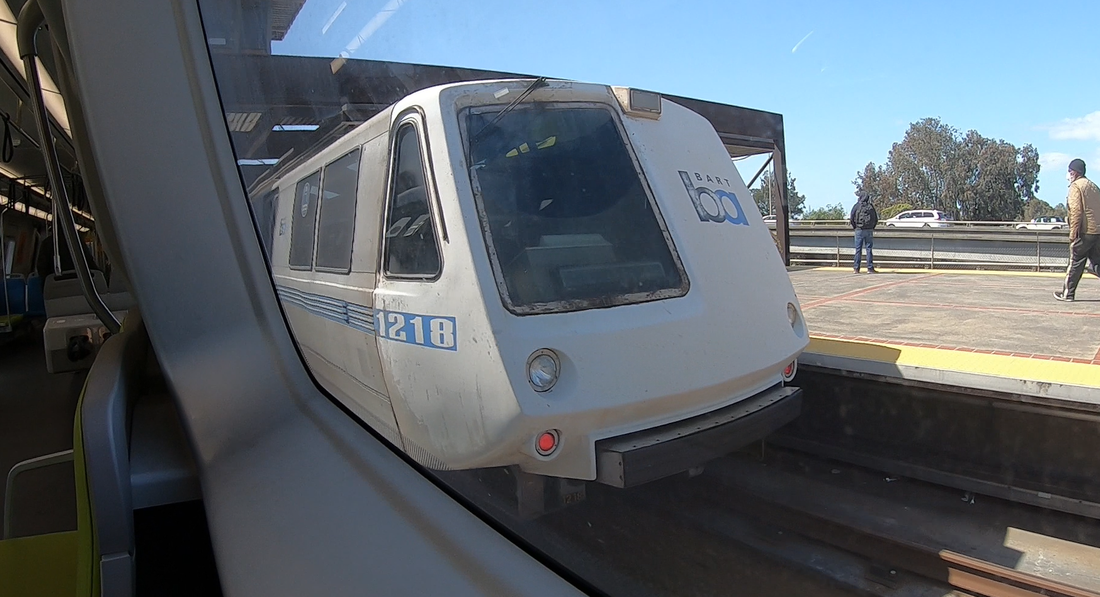
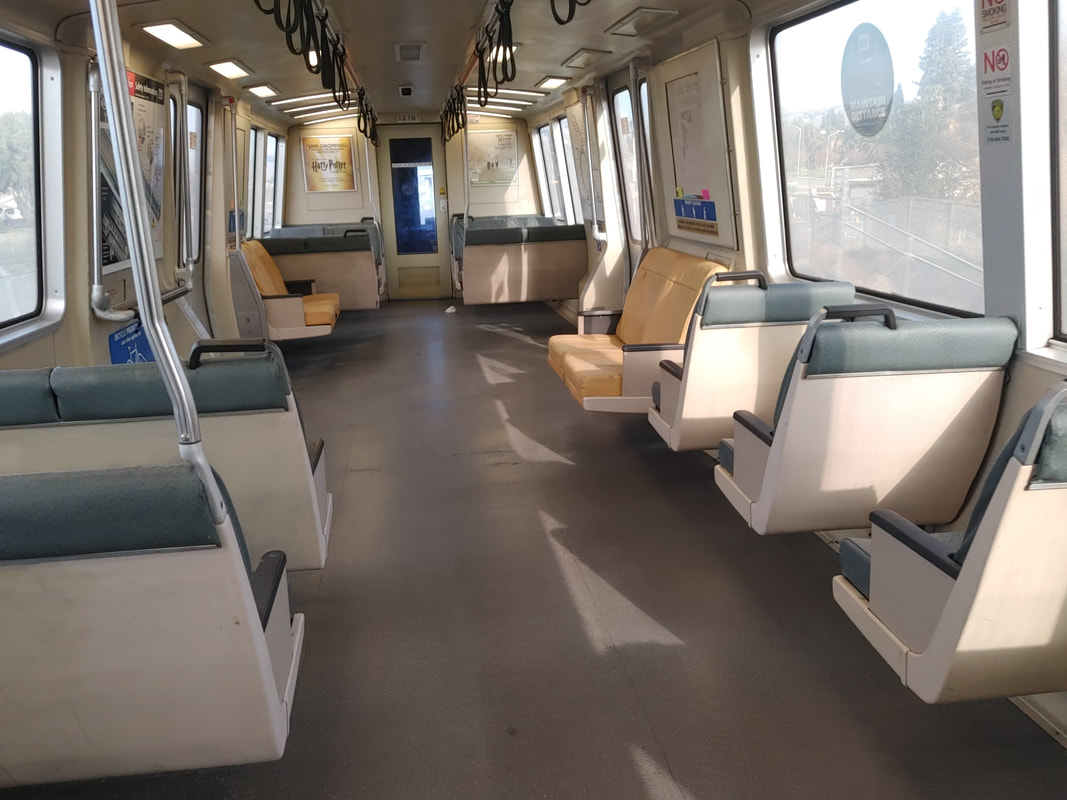
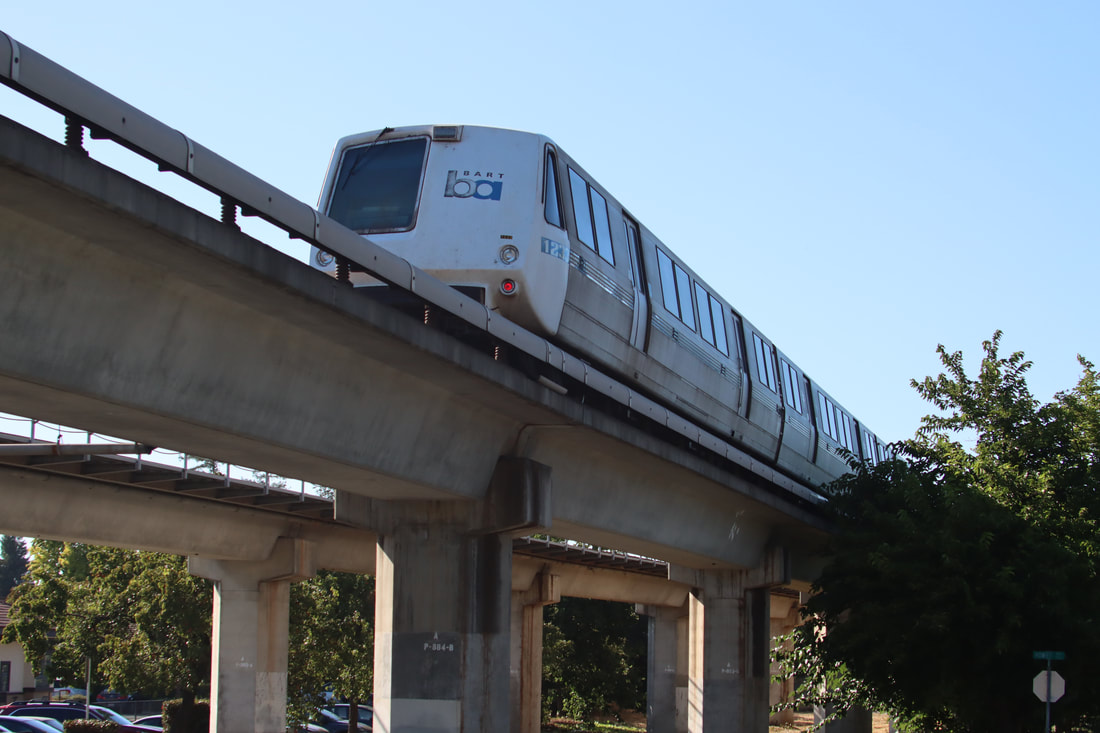
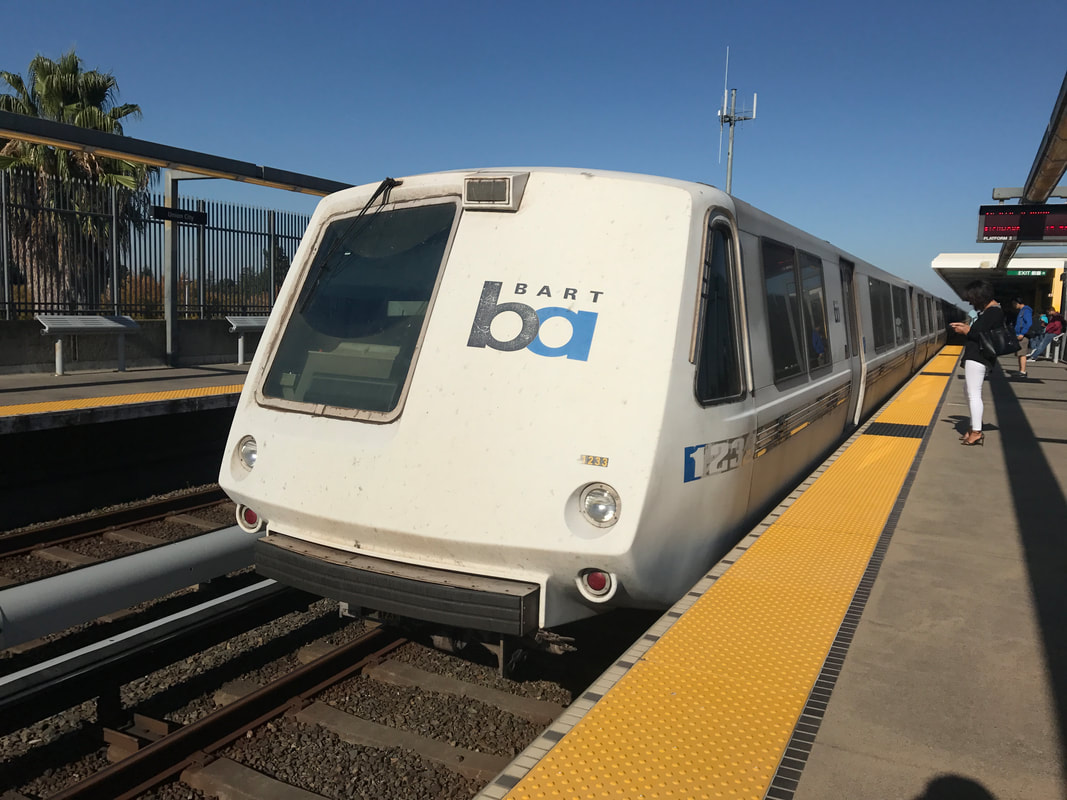
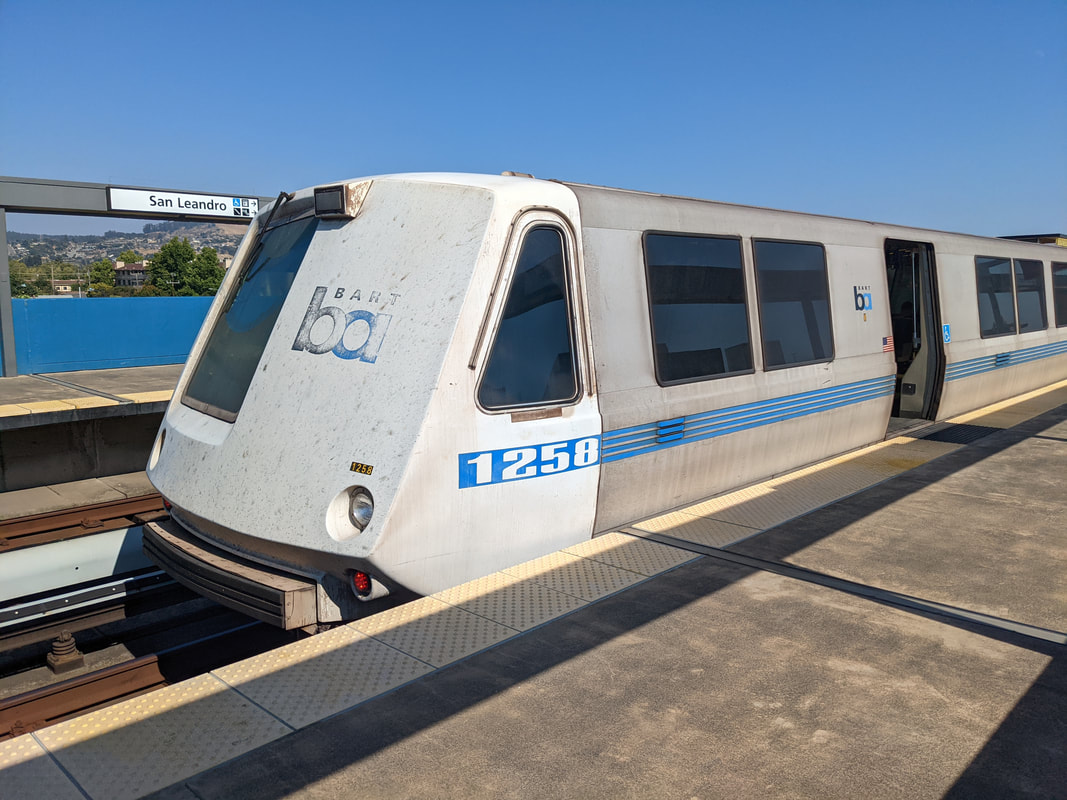
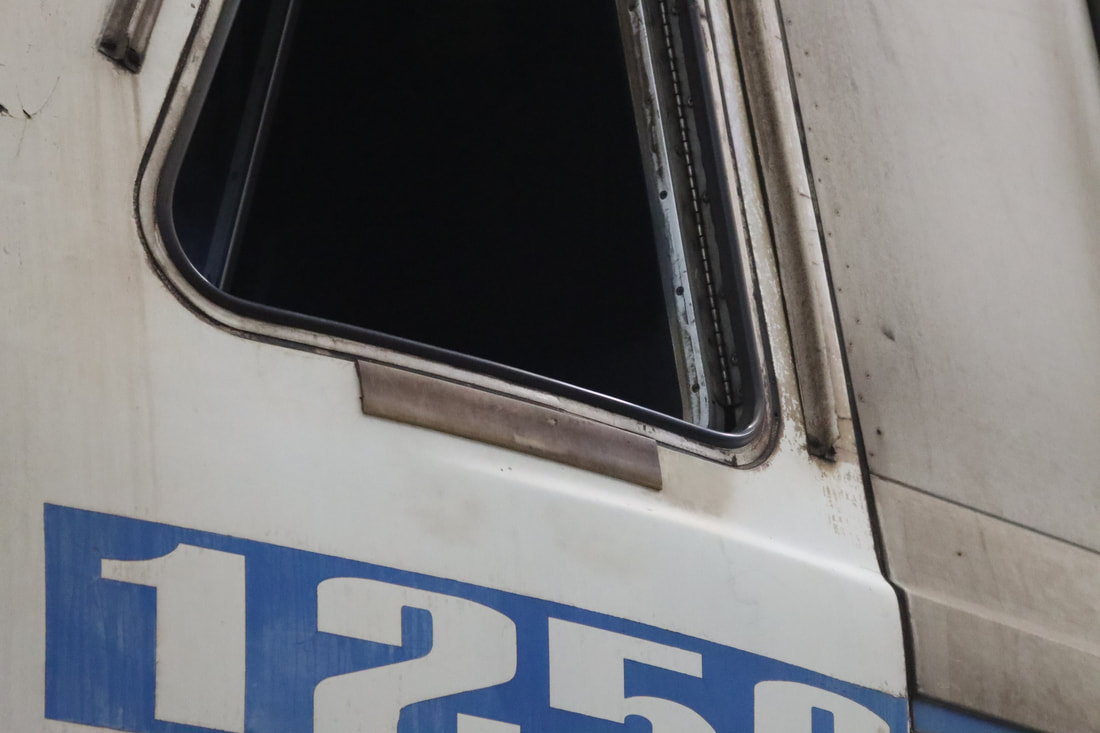
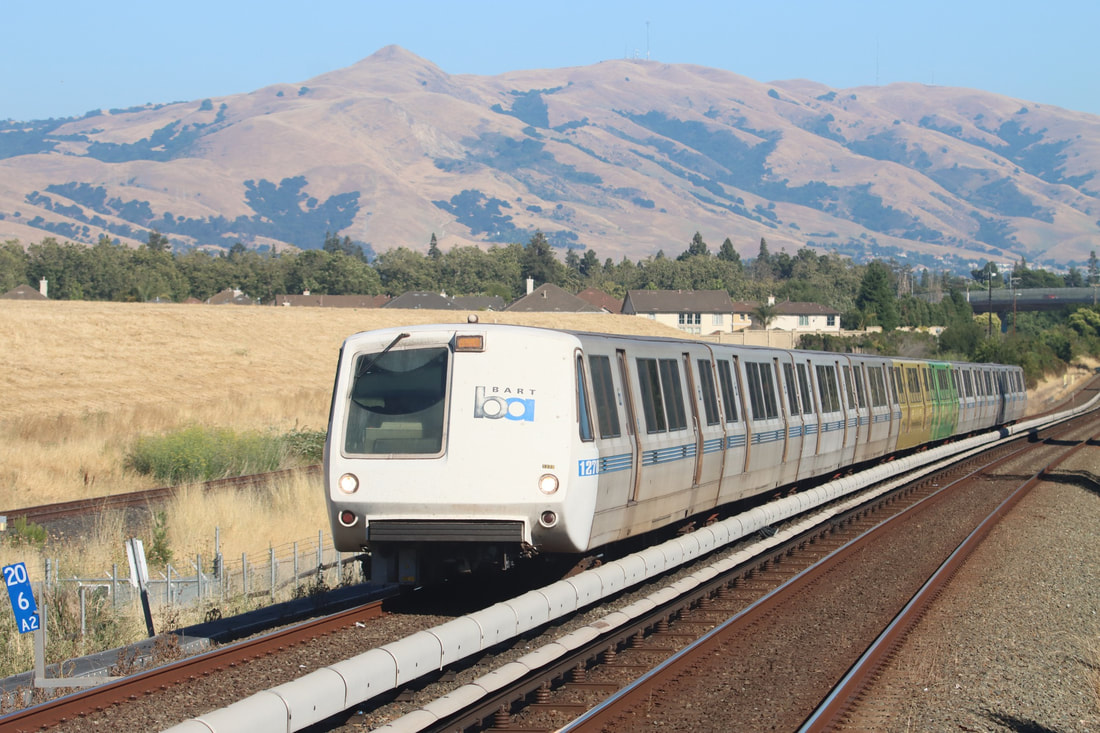
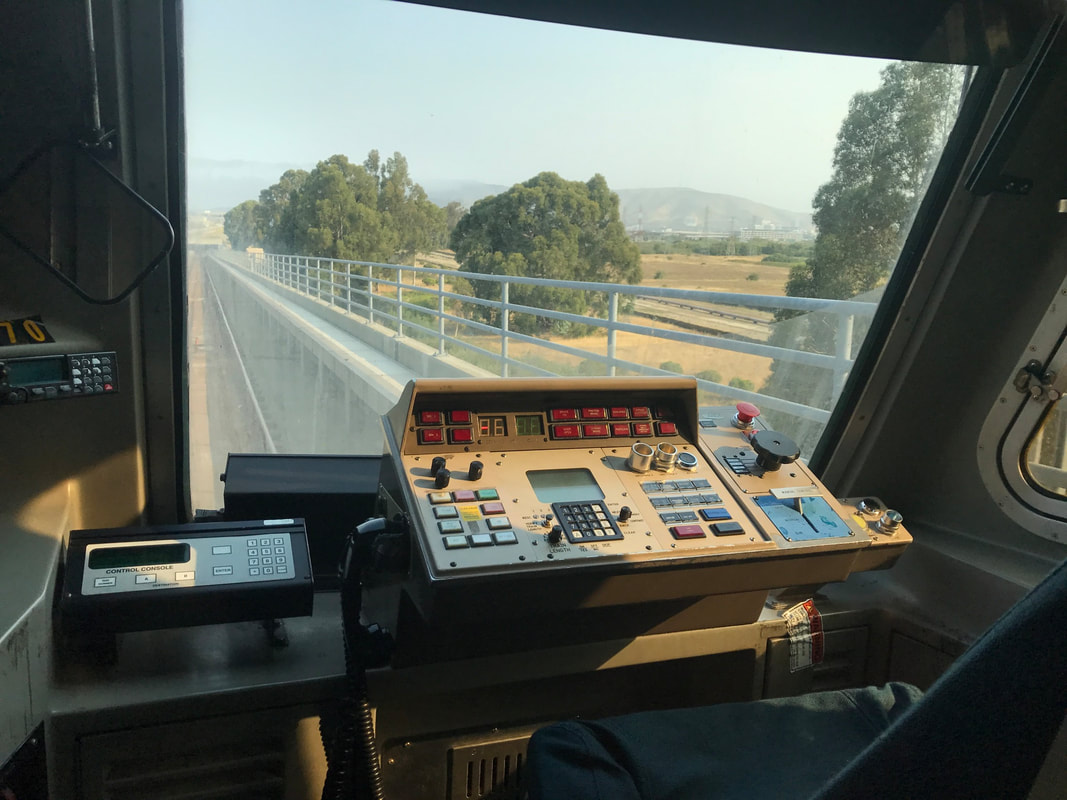
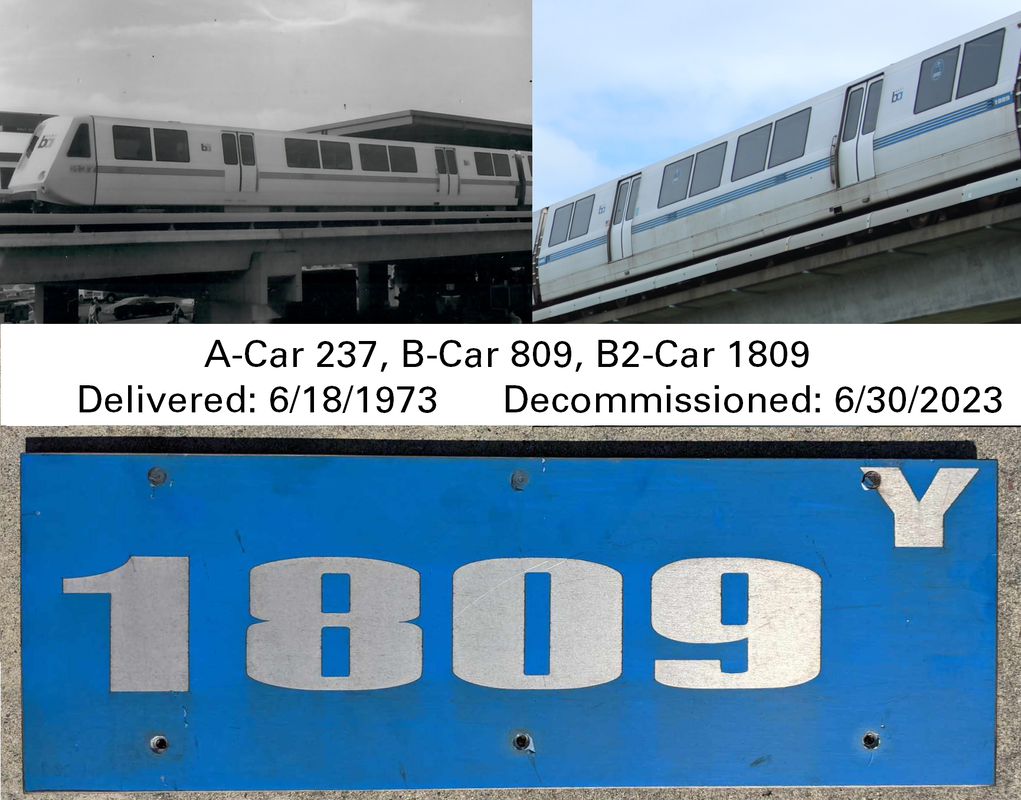
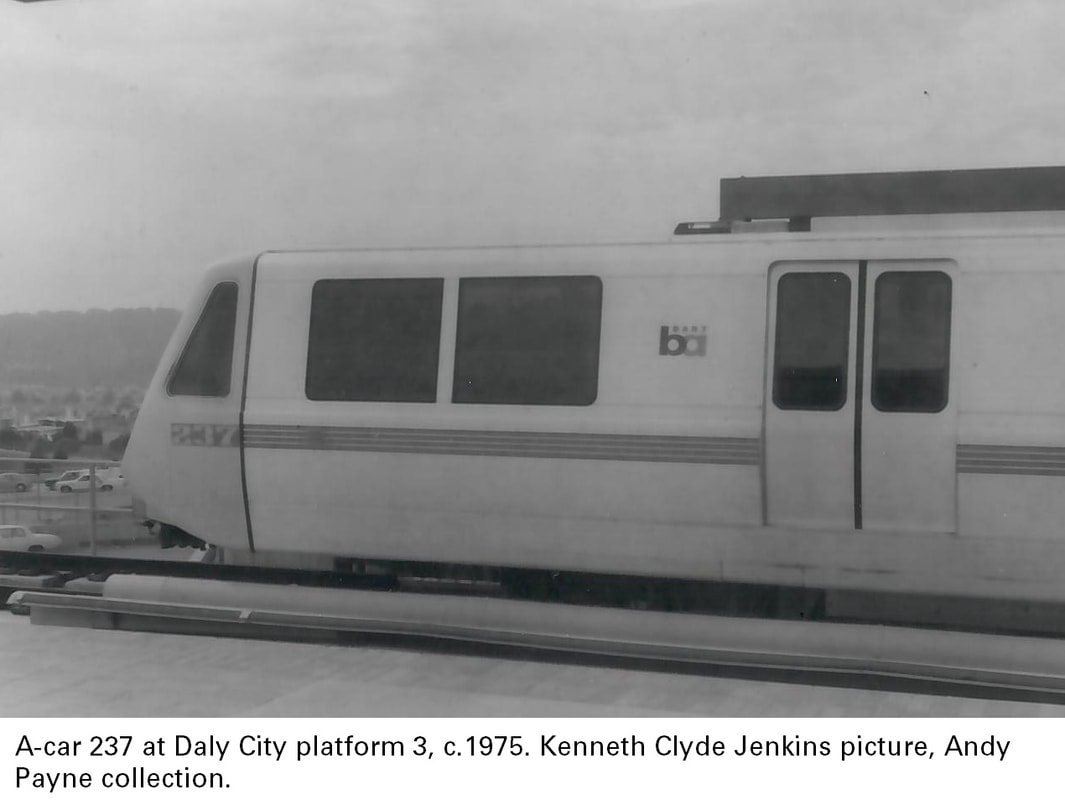
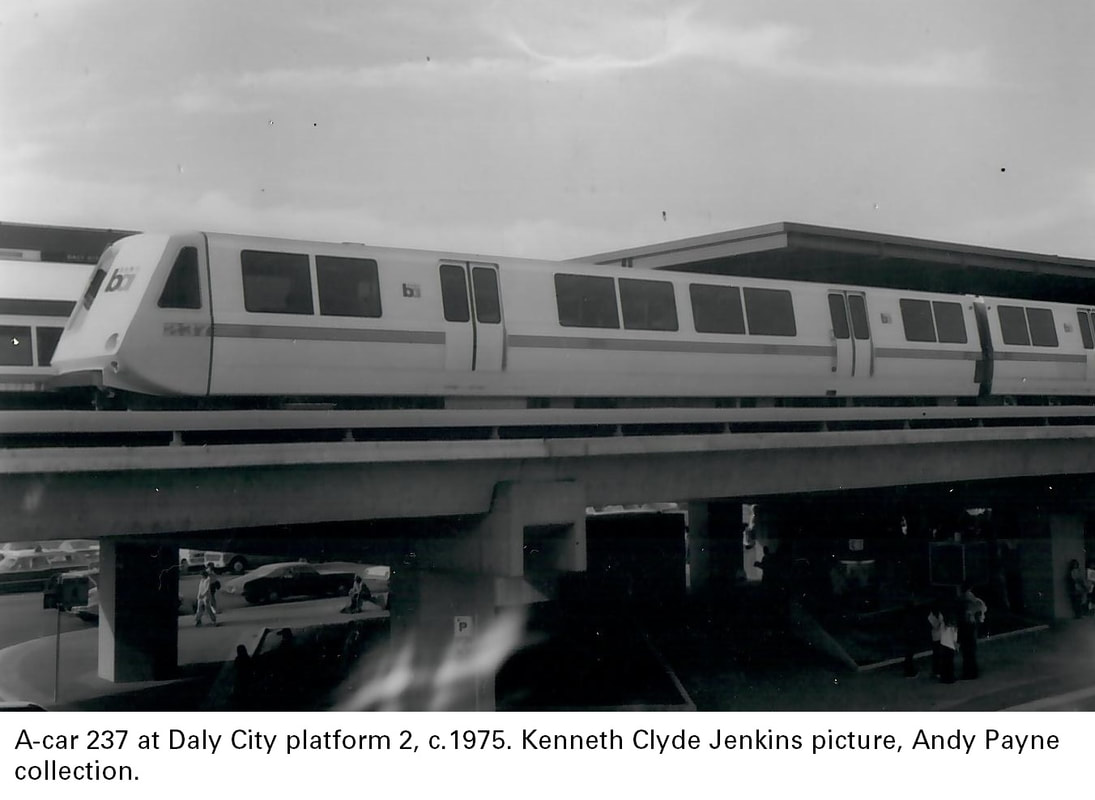
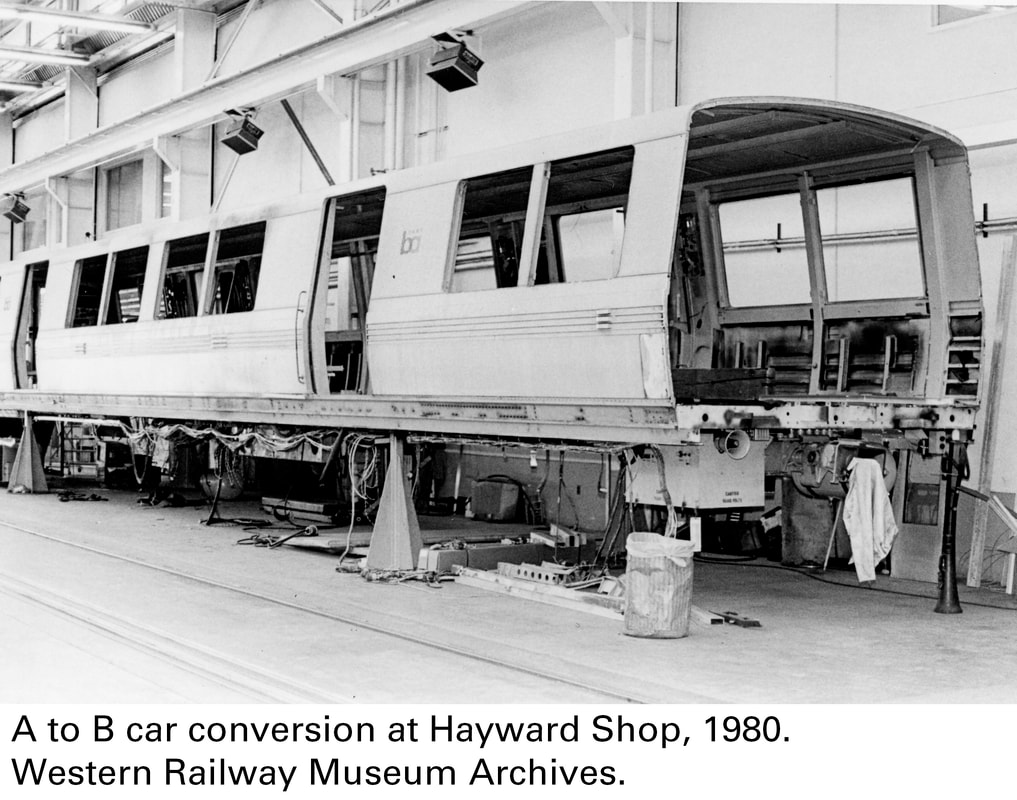
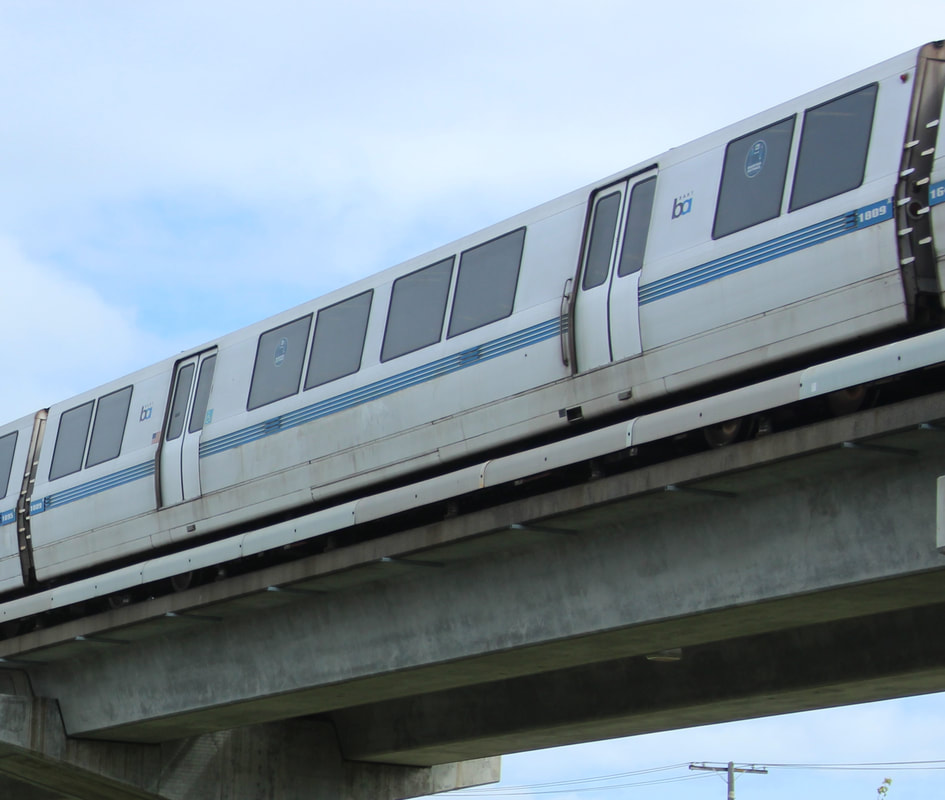
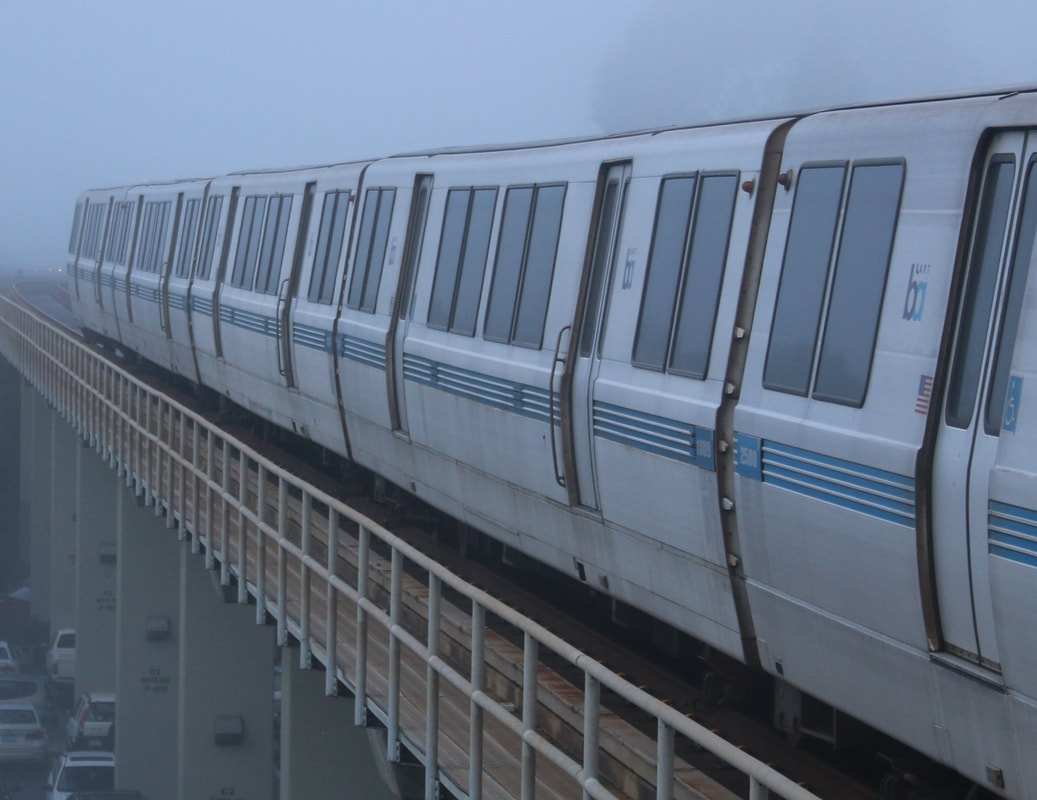
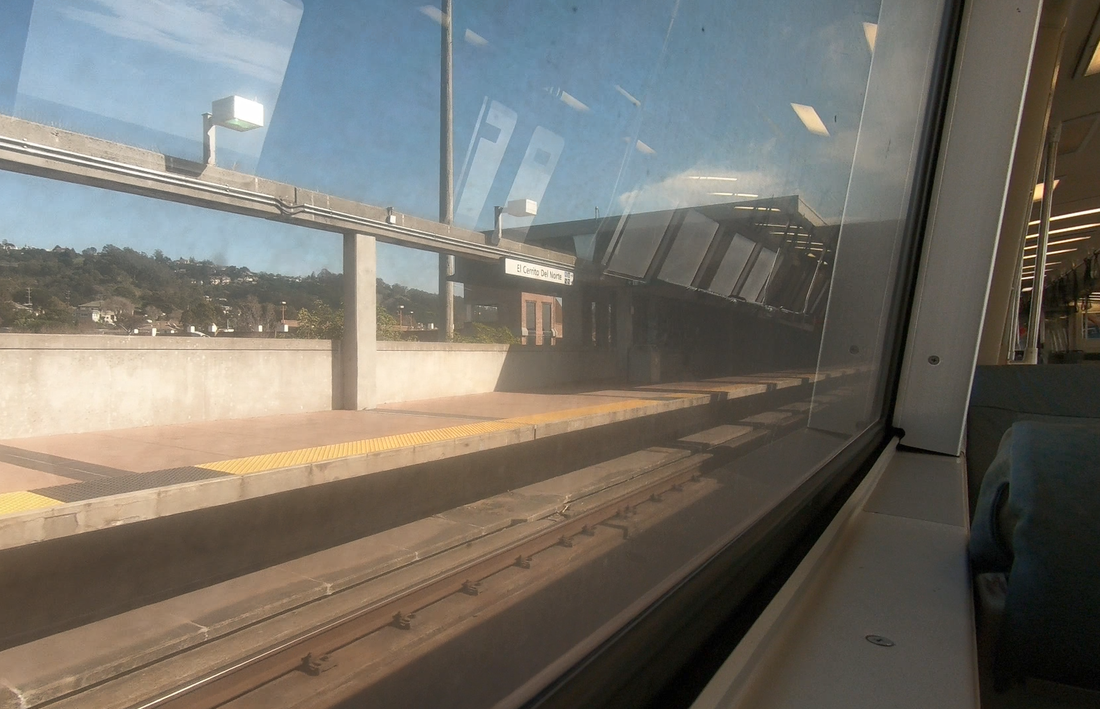
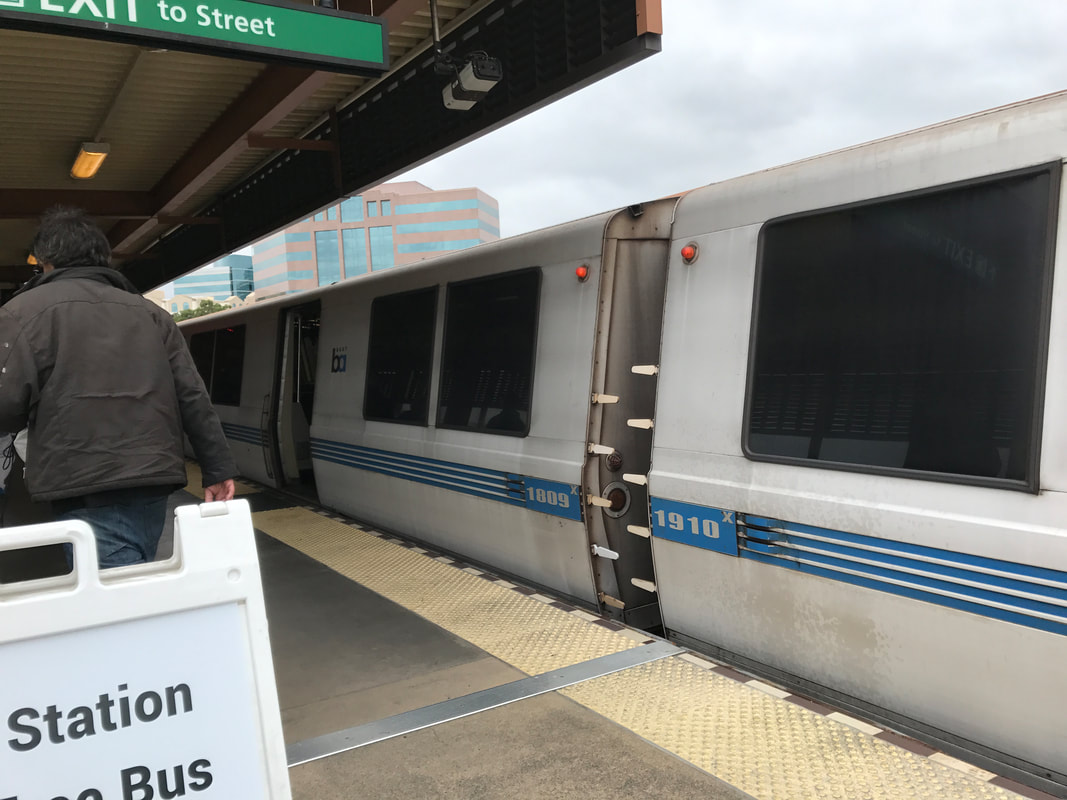
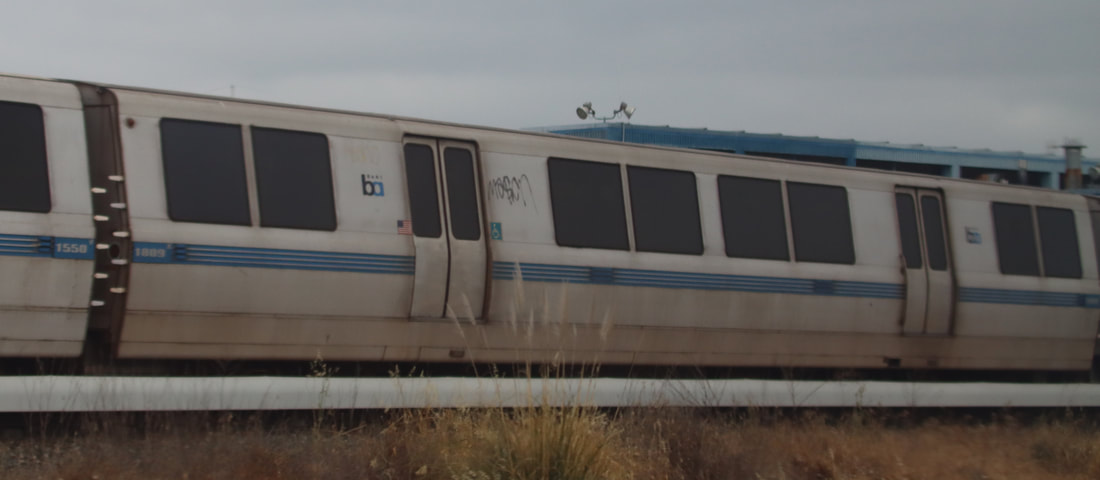
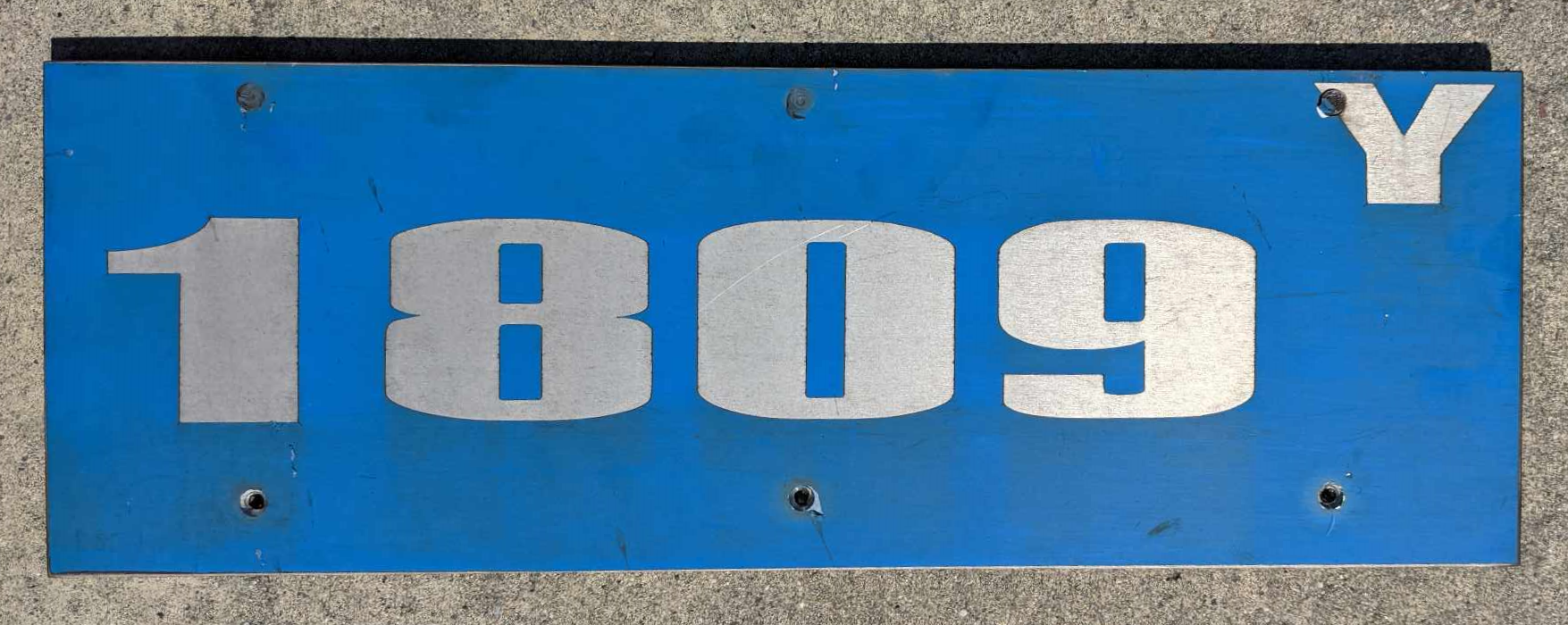
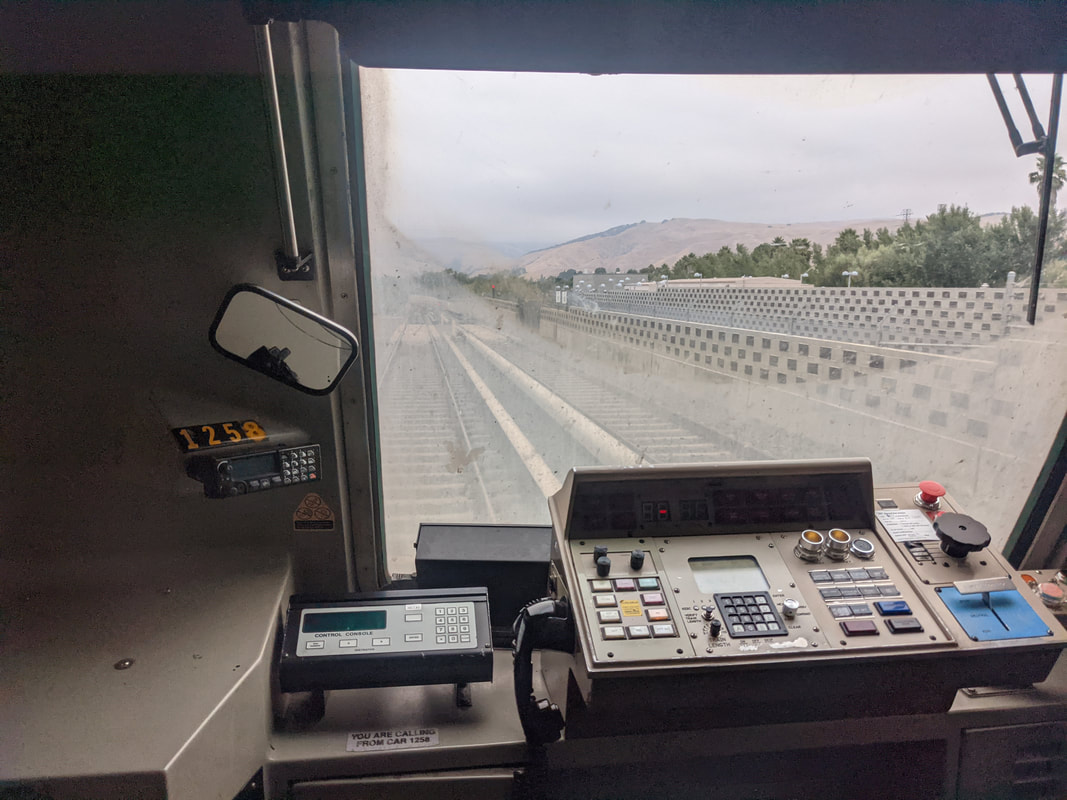
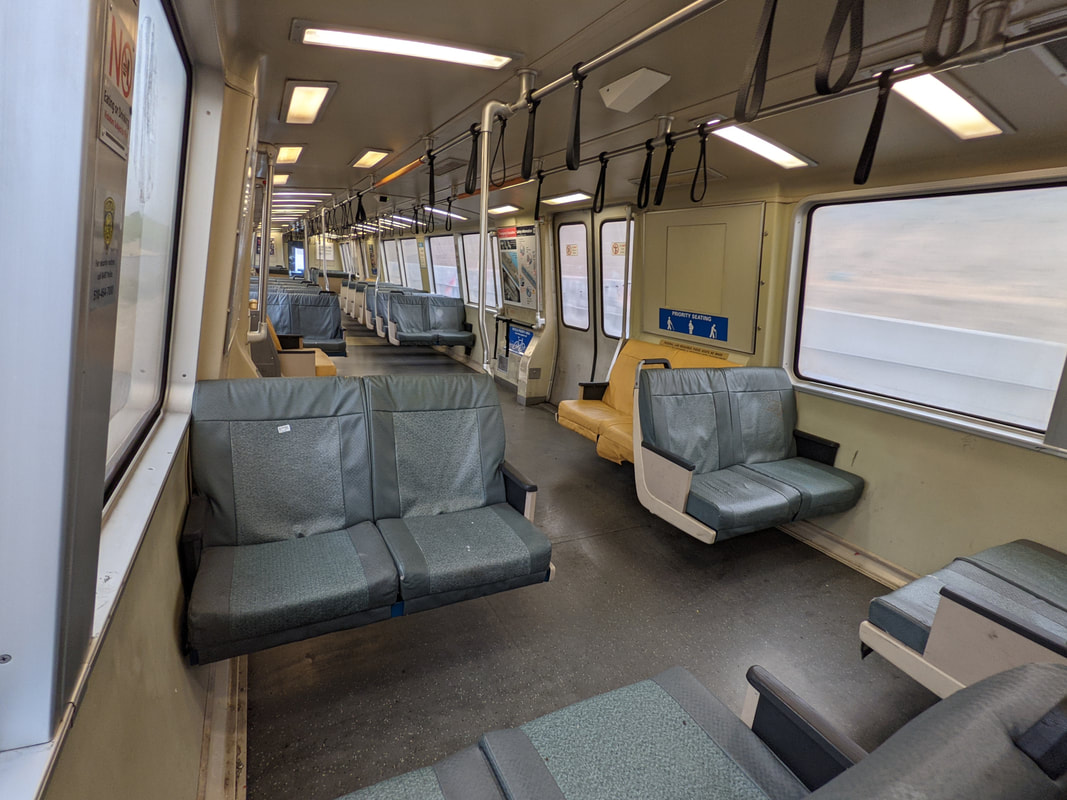
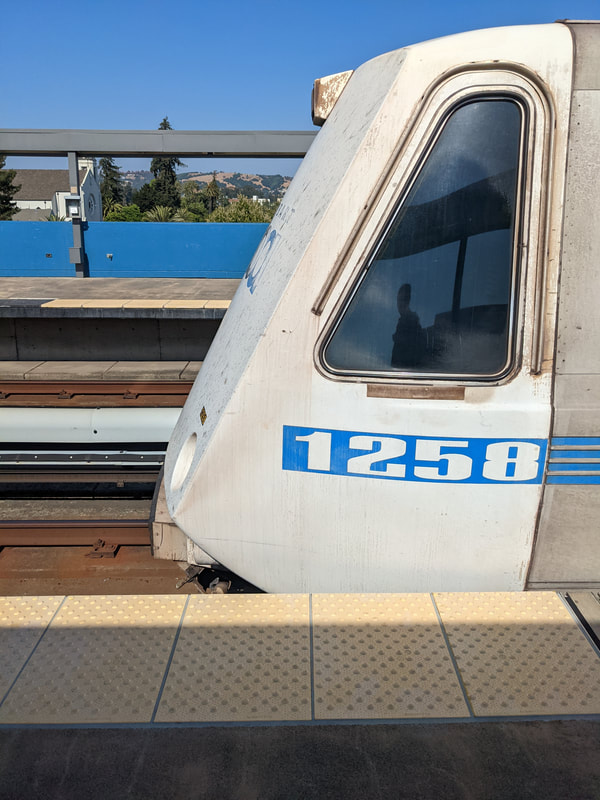
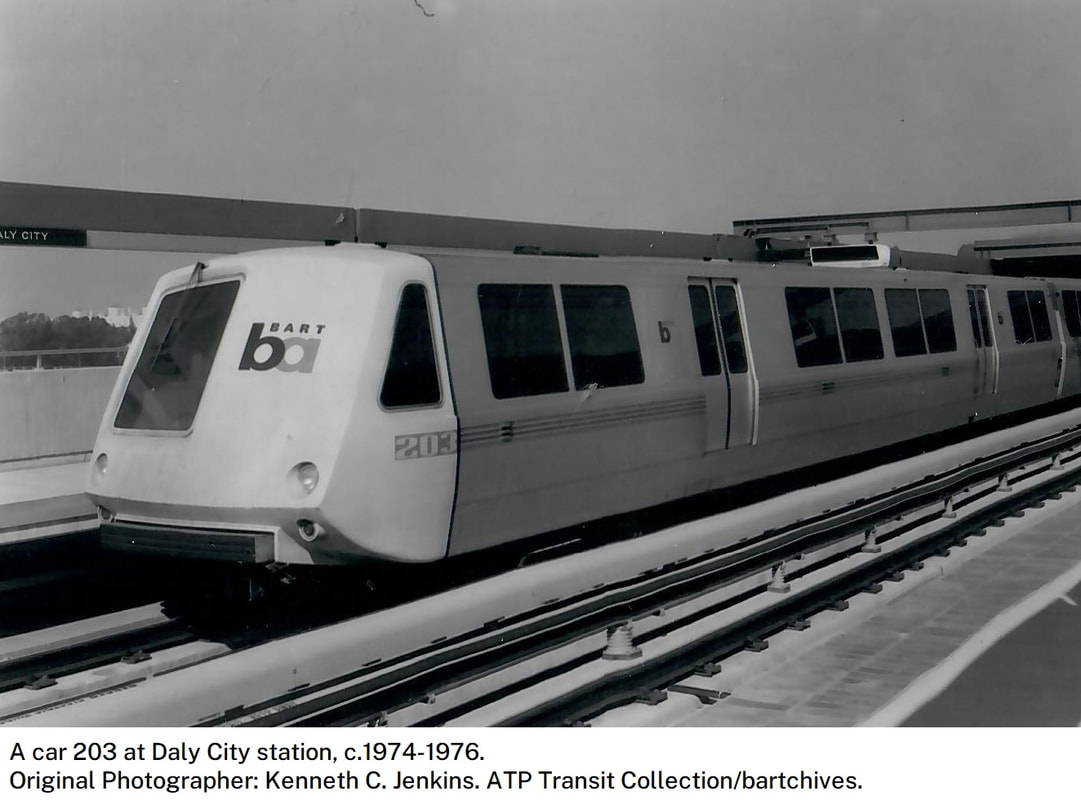
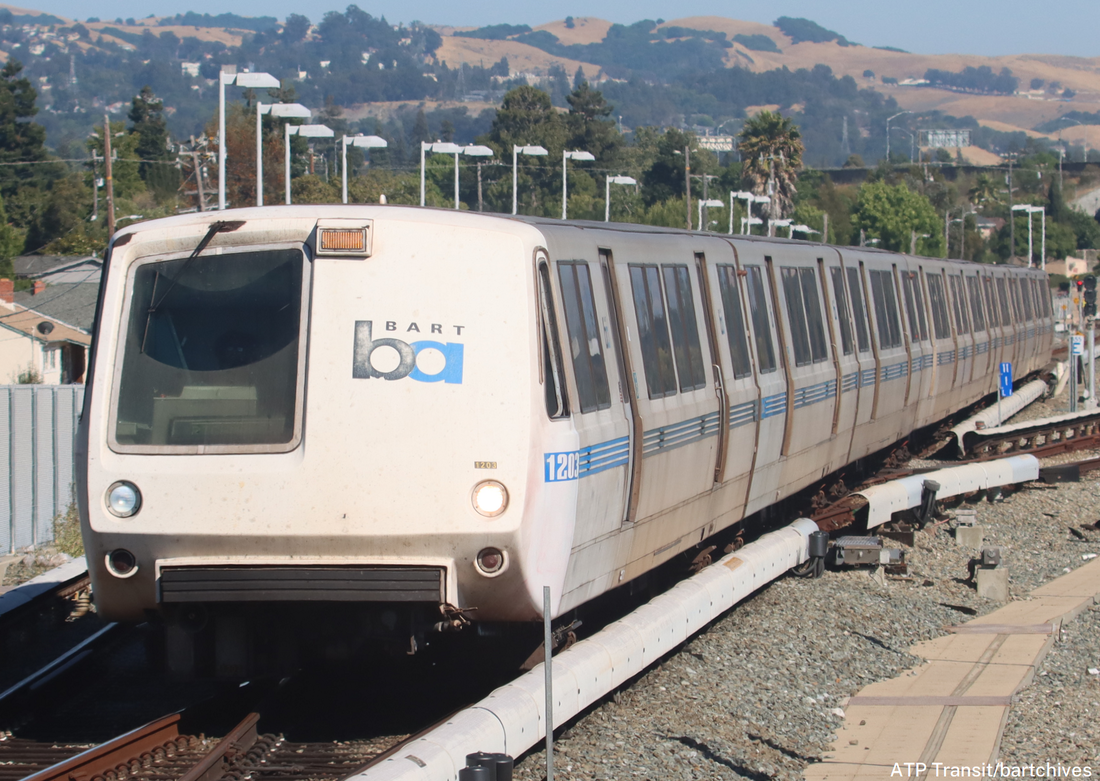
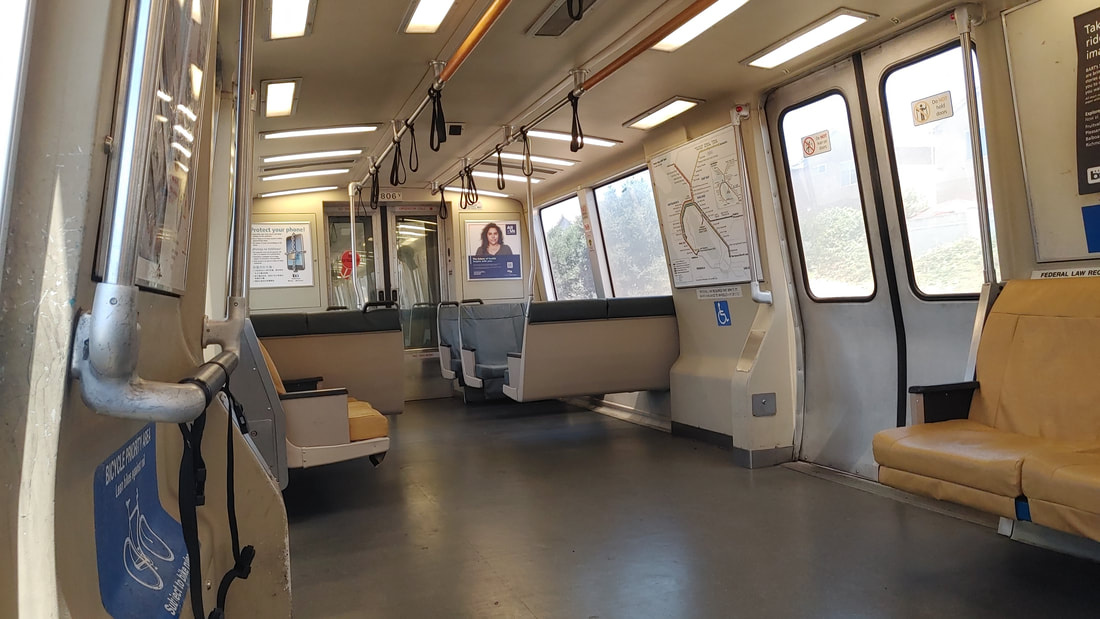
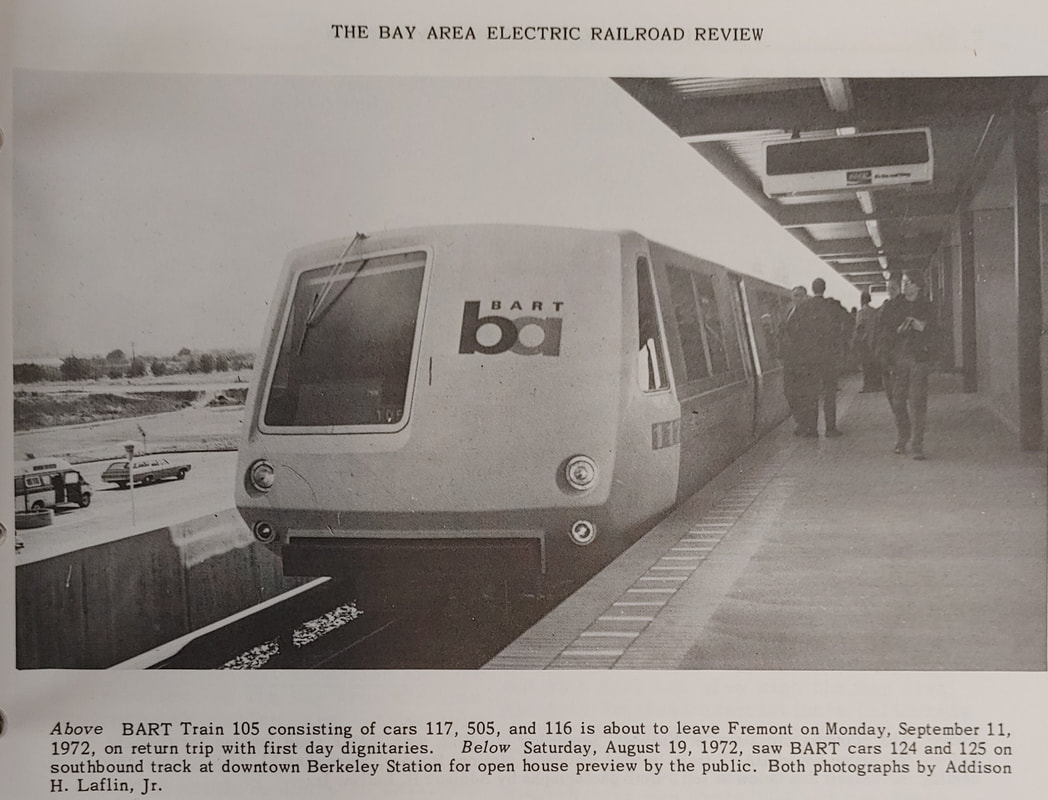
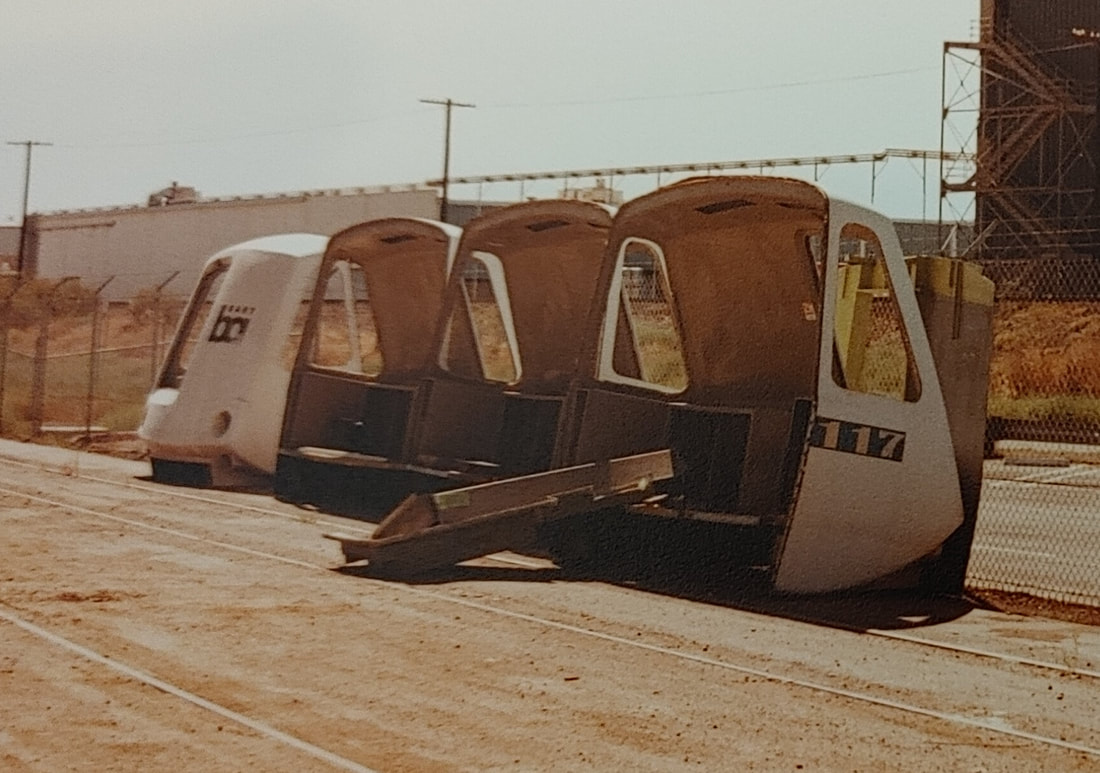
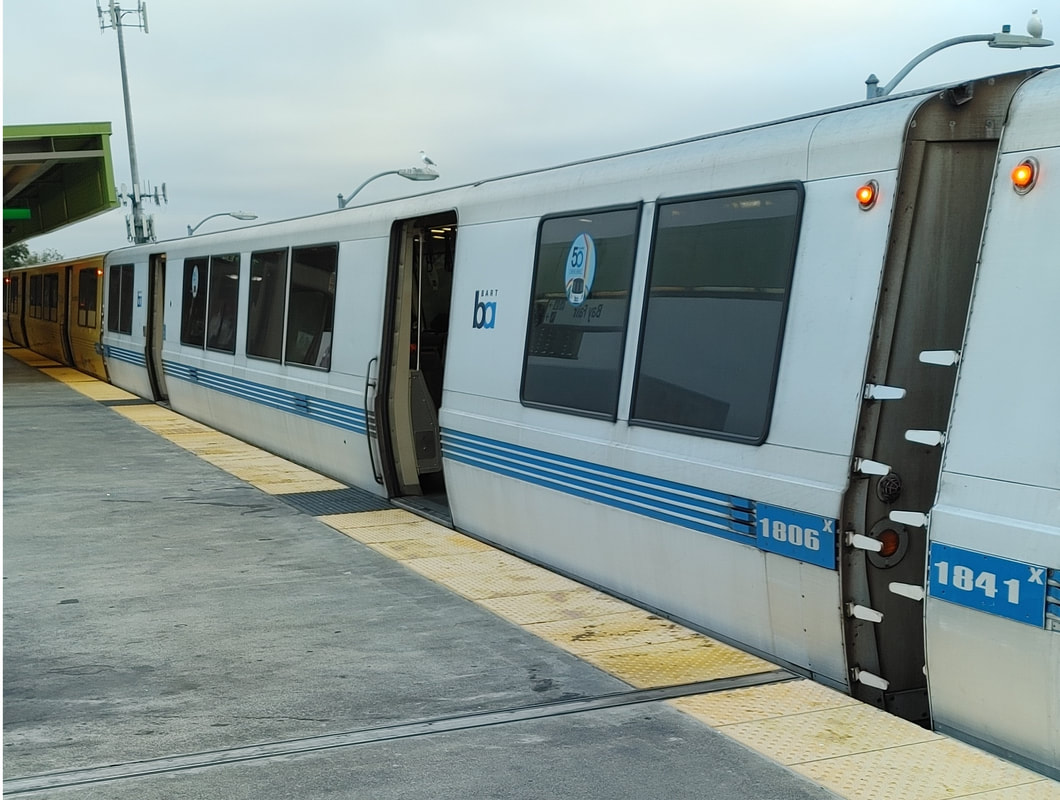

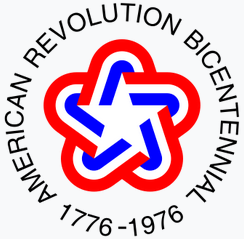
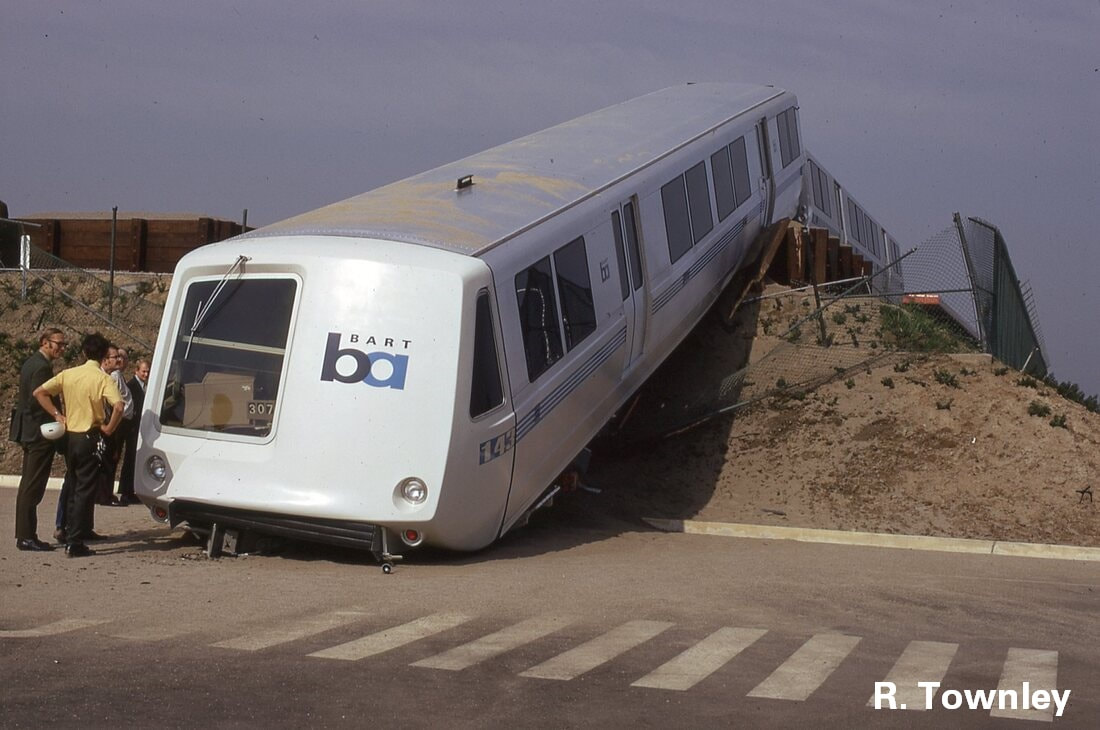
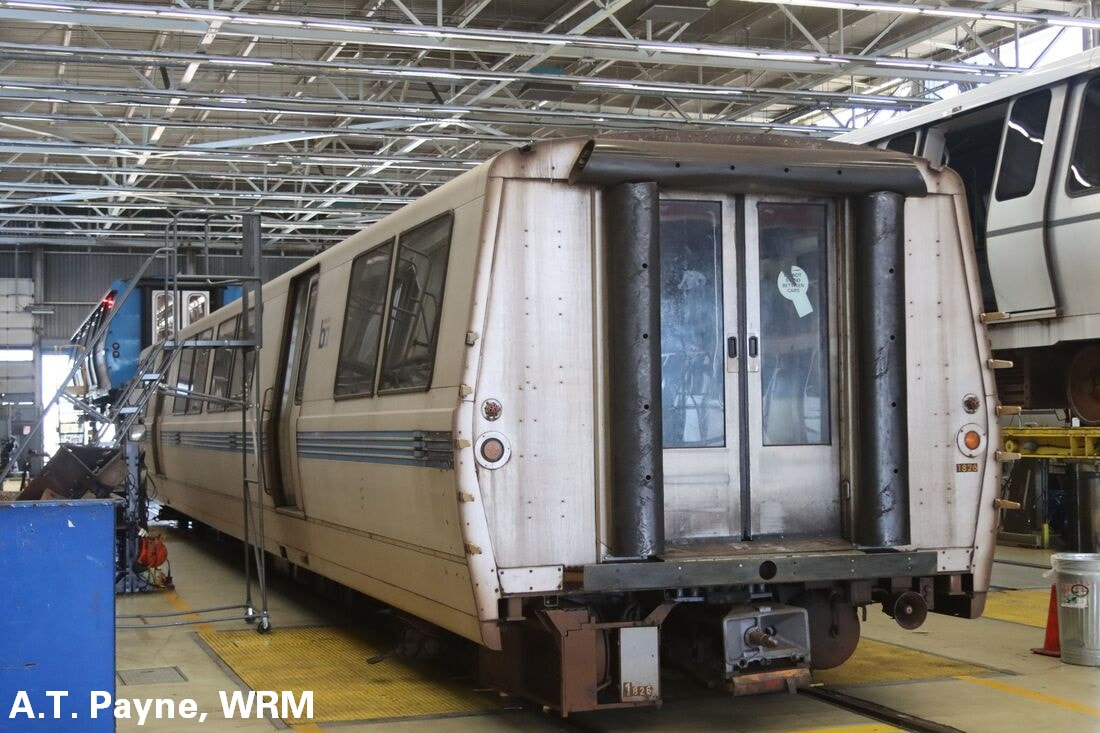
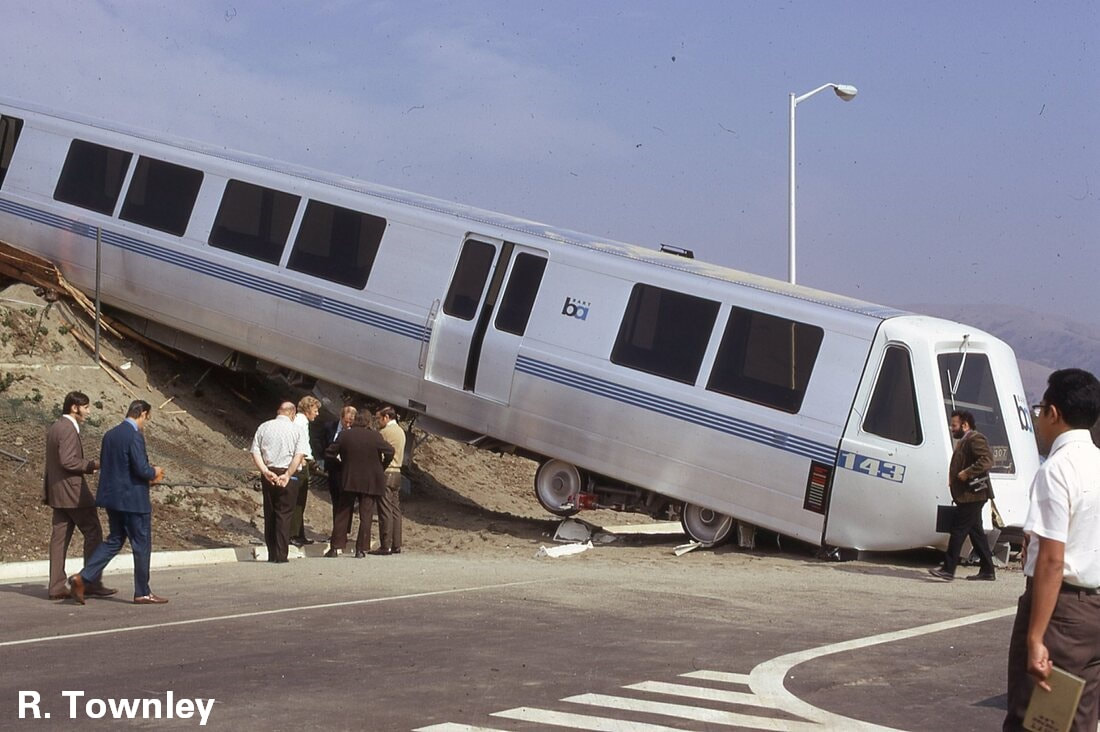
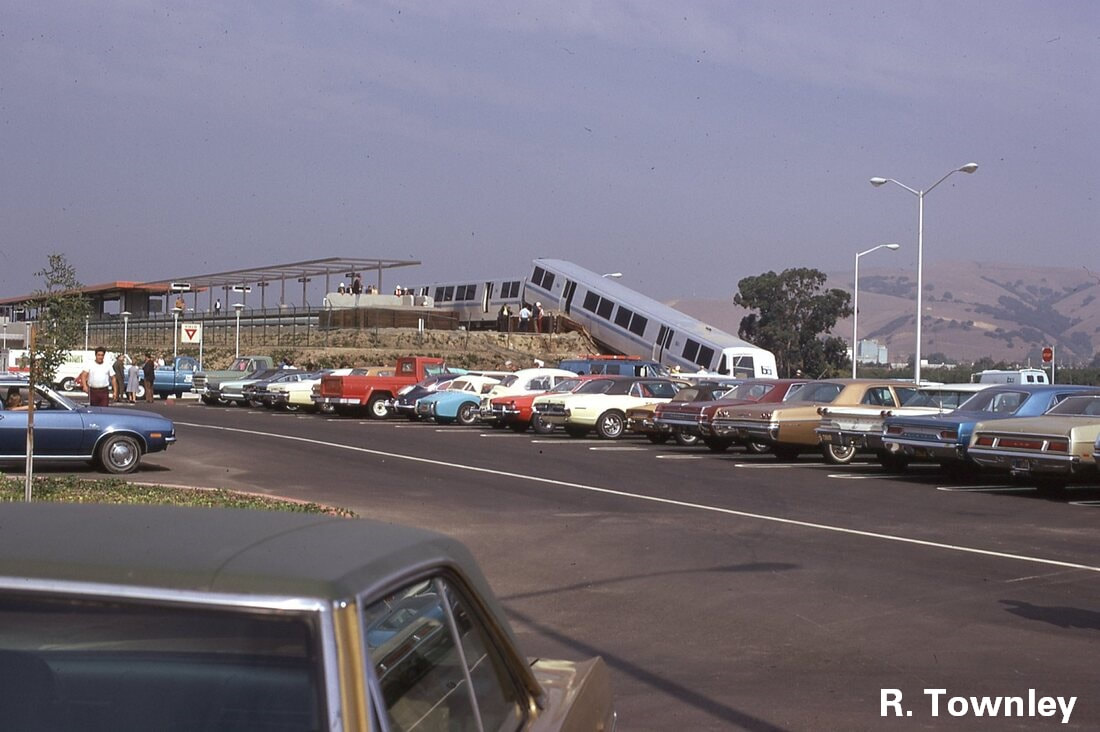
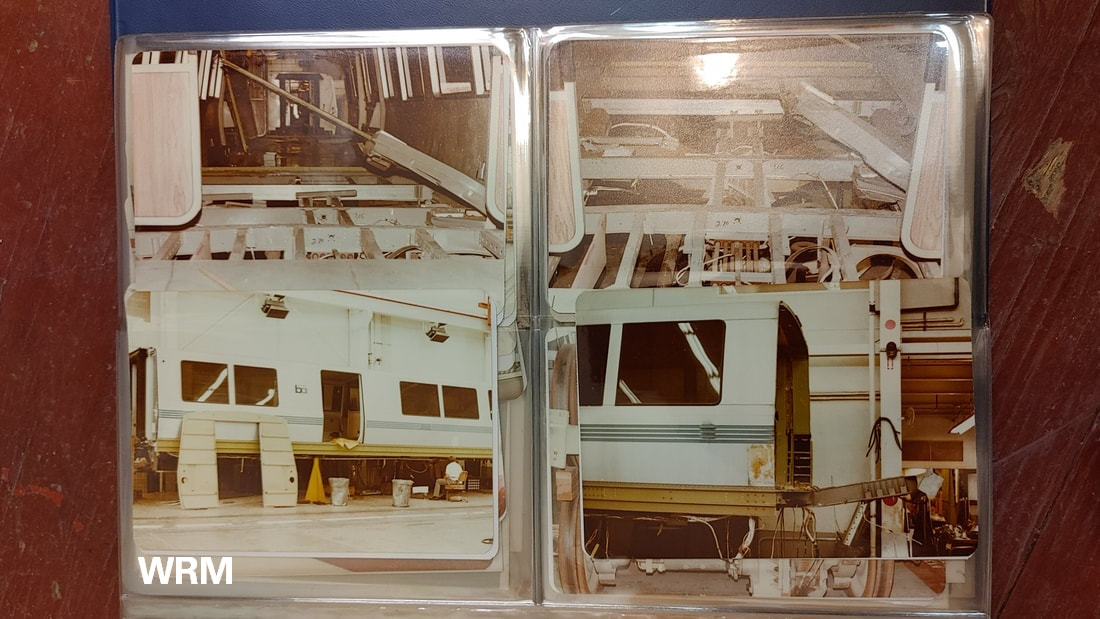
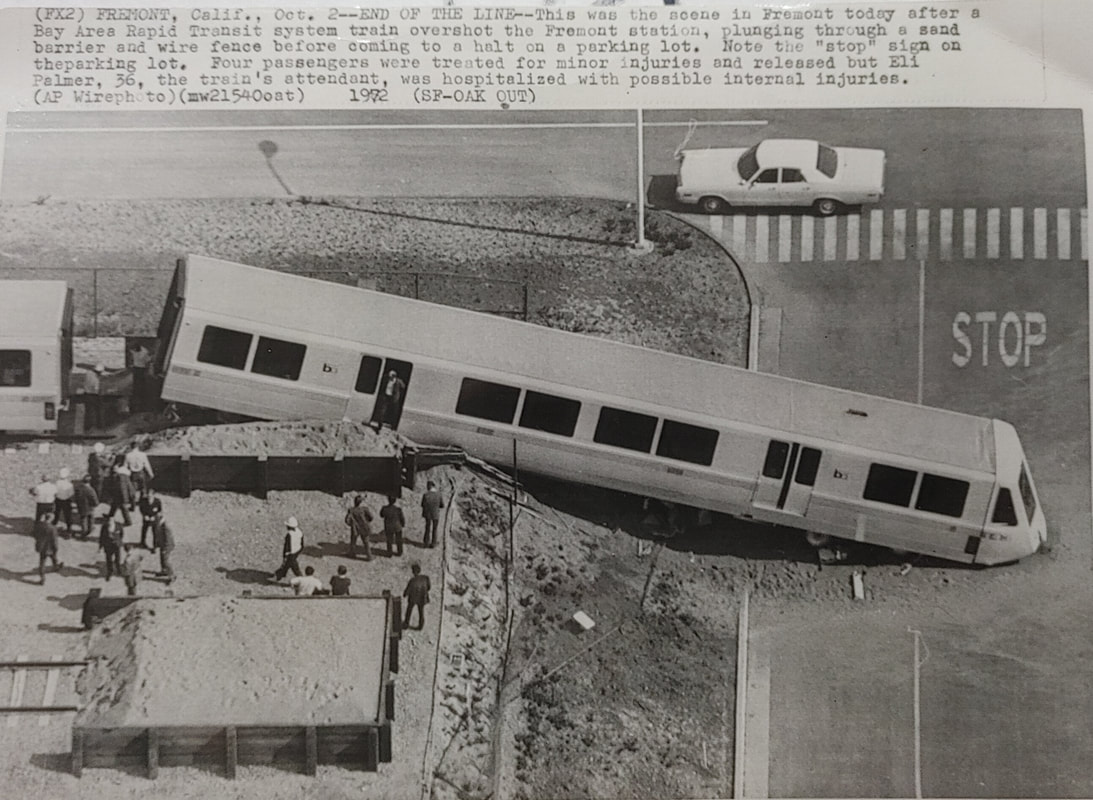
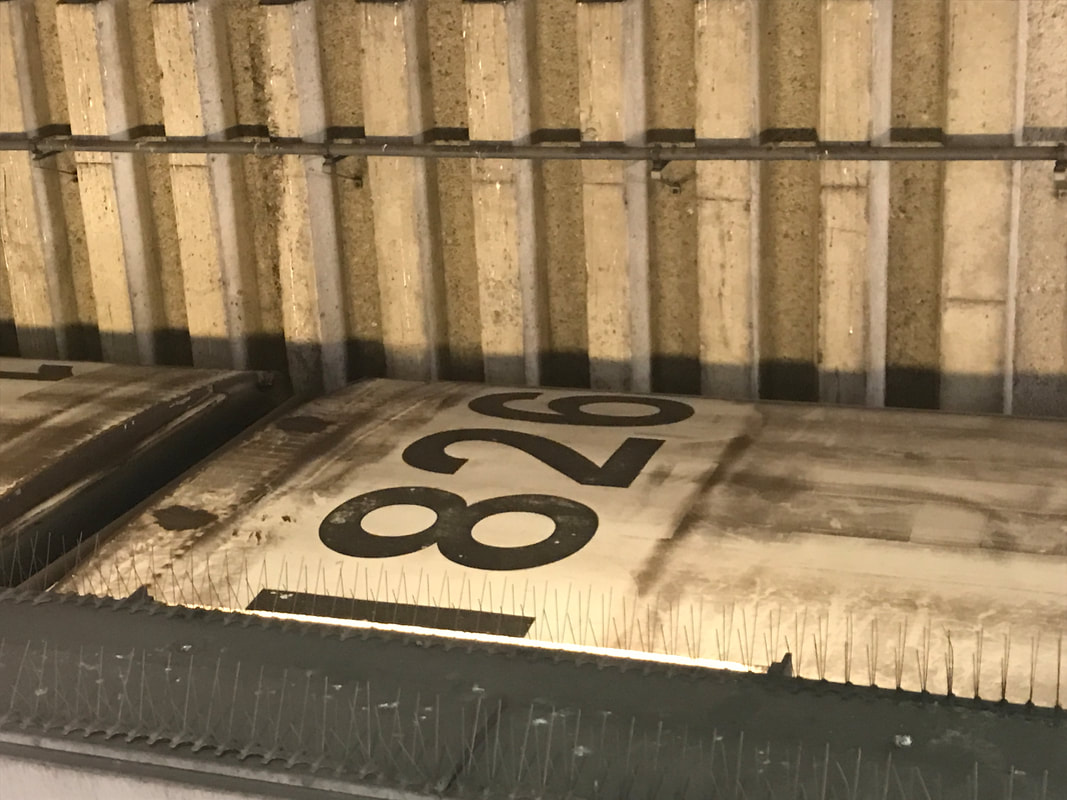
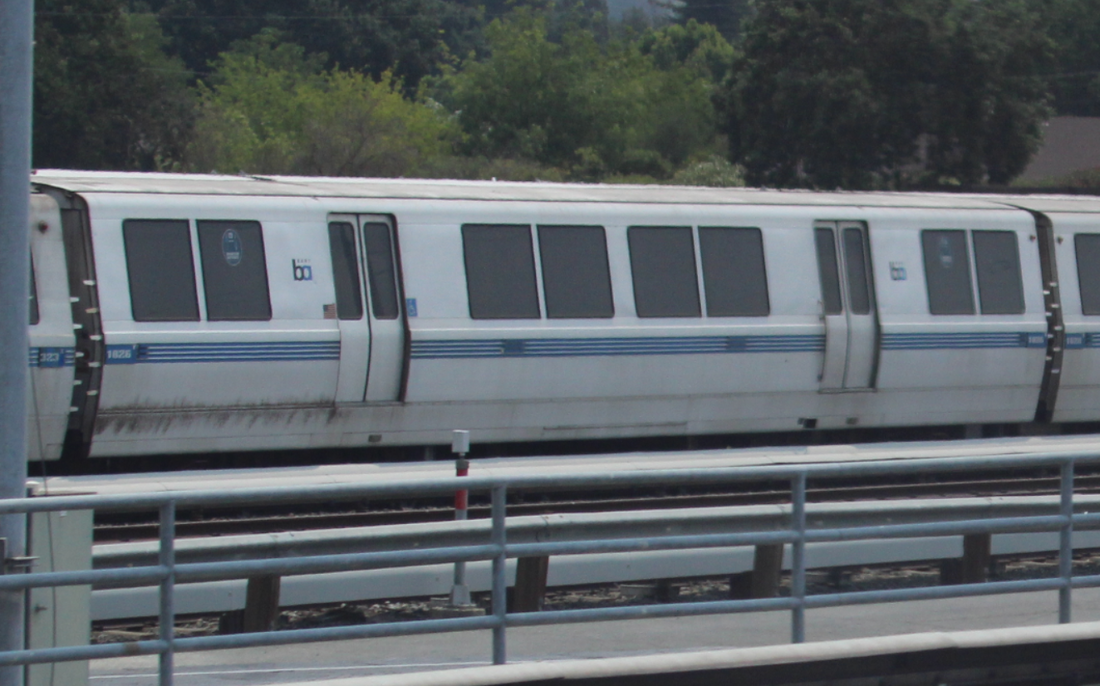
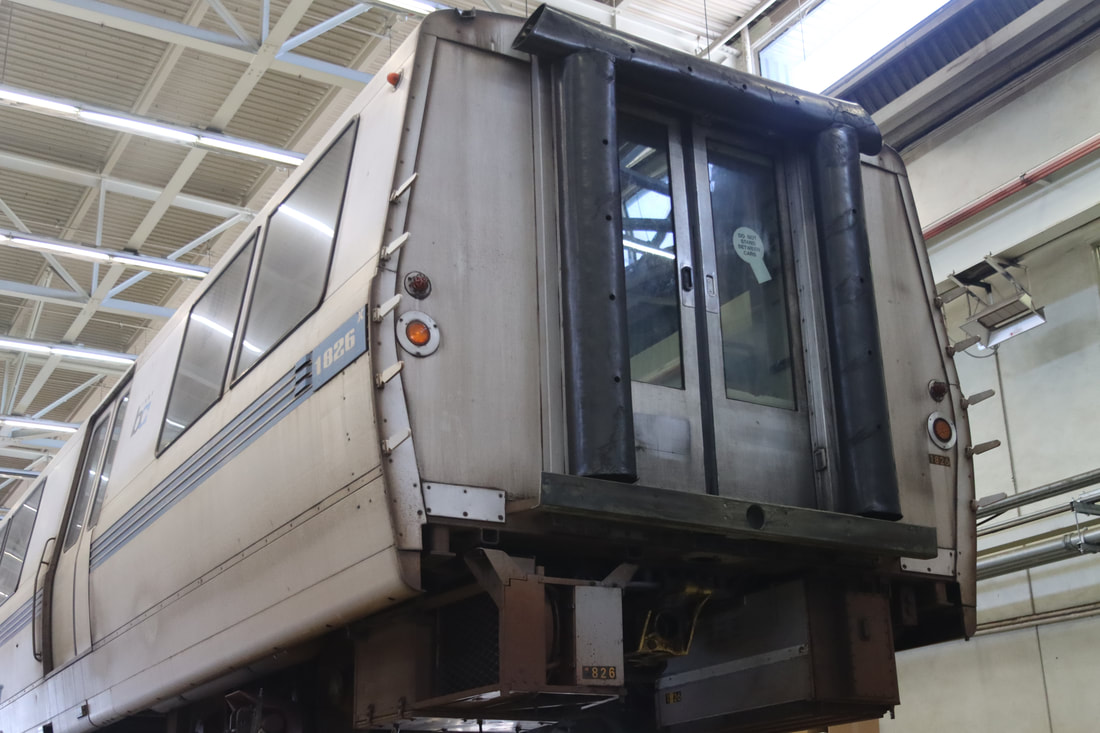
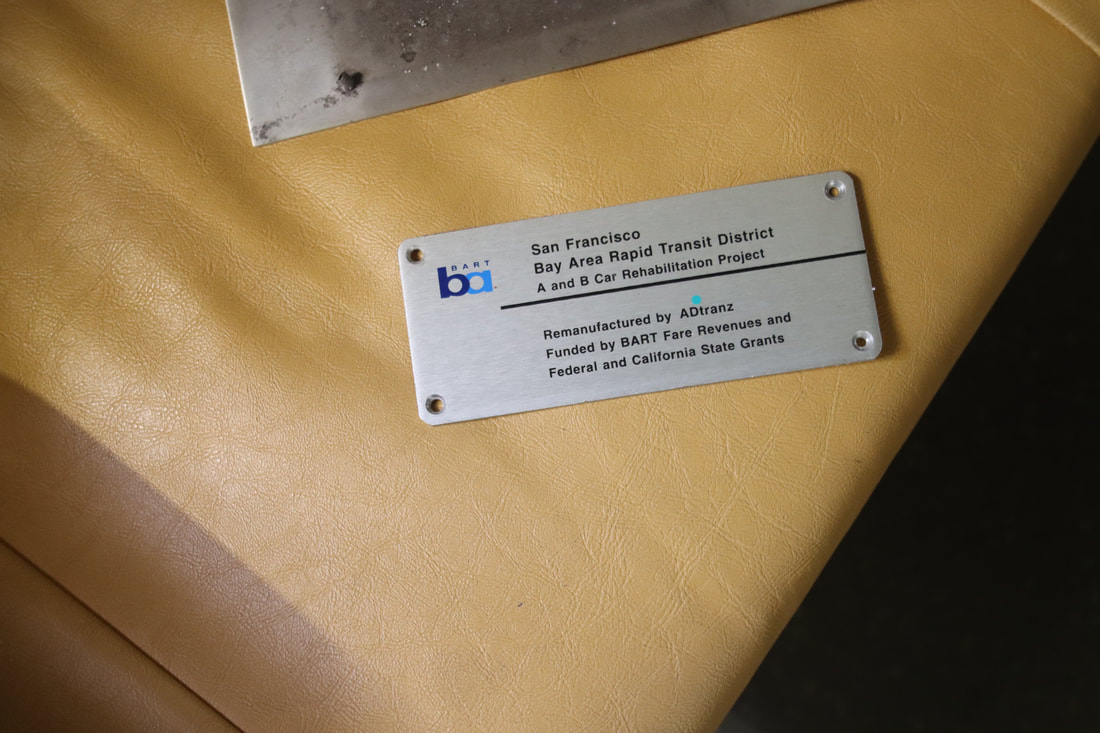
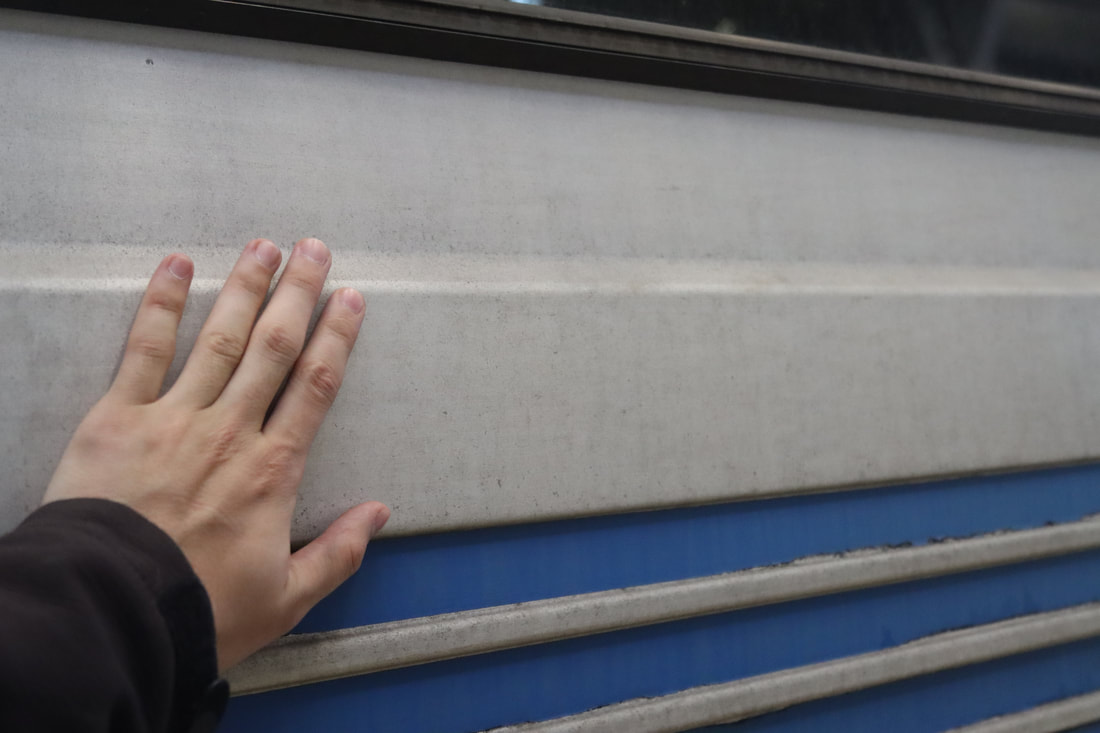
 RSS Feed
RSS Feed
